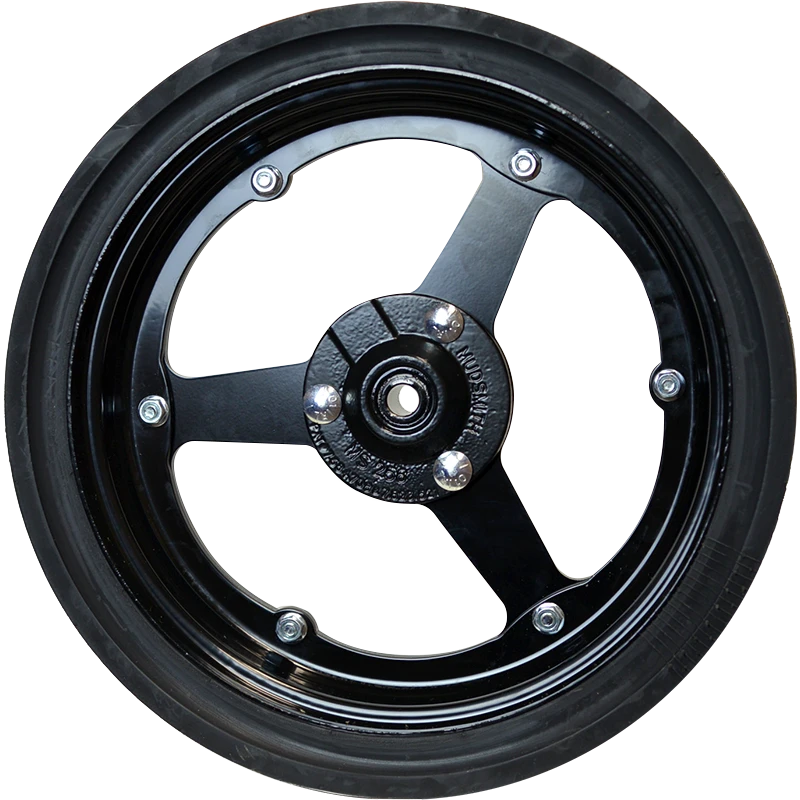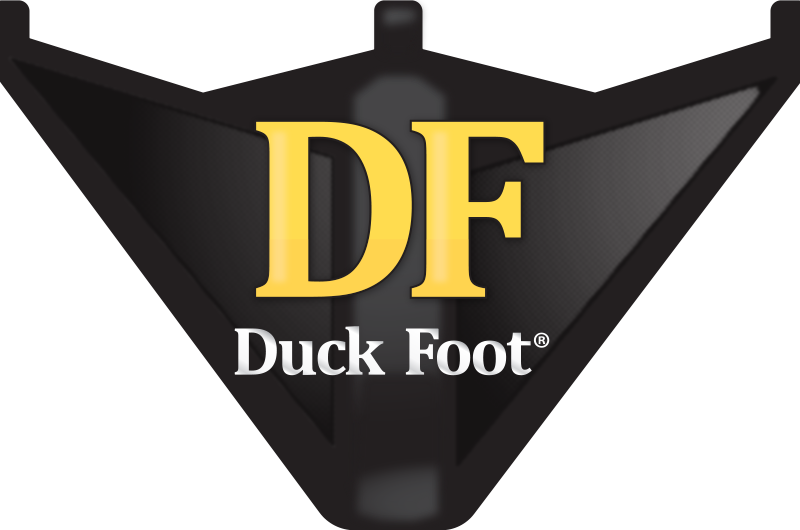Agriculture and Farm Equipment Blog!
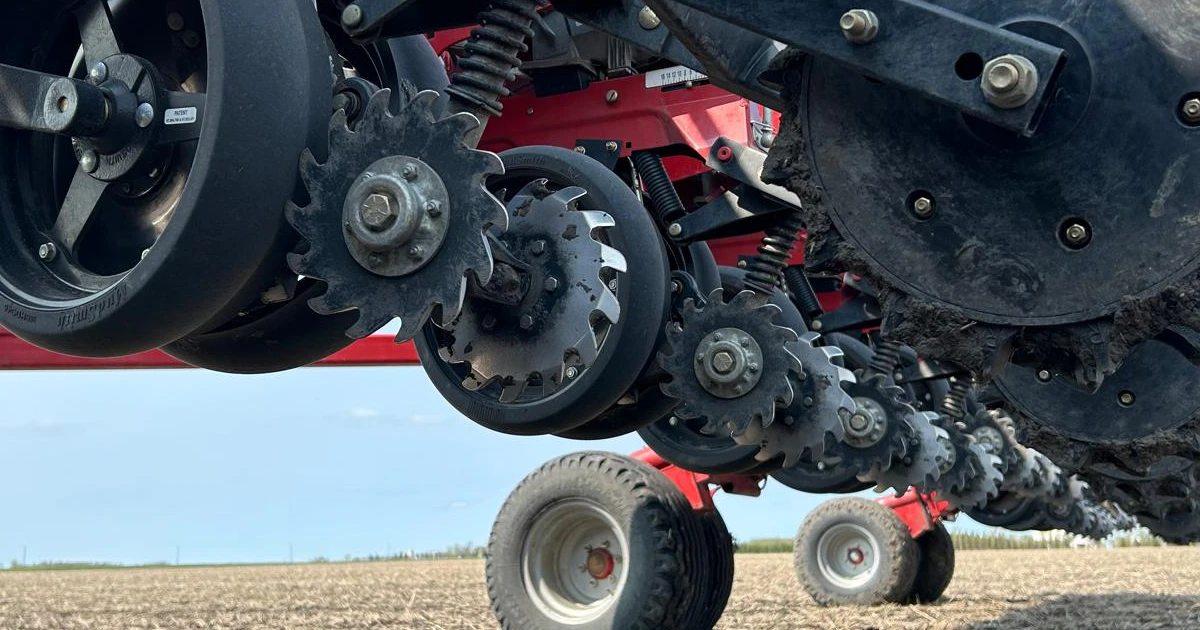
Martin-Till Razor Wheel Residue Clearing Performance: What You Need to Know
The Martin-Till Razor Wheel is a standout product in residue management, specifically designed to cut through heavy residue while maintaining soil integrity. Its innovative design ensures clean and consistent planting conditions even in the most challenging fields. In this article, we will cover its key features and the advantages it offers to modern farming operations.
» Read more about: Martin-Till Razor Wheel Residue Clearing Performance: What You Need to Know »

Duck Foot Paddle Tines: What’s the Installation Process Like?
A Quick Upgrade Farmers Can Install Without Losing Harvest Time.
When harvest is rolling, every minute is worth money. Nobody wants to shut a header down, drag out tools, and lose daylight just to install aftermarket parts. That’s why one of the first questions farmers ask about Duck Foot Paddle Tines is simple:
“How long will it take to put them on?”
» Read more about: Duck Foot Paddle Tines: What’s the Installation Process Like? »

Can Your Concaves Handle High-Moisture Crops? Here’s Why It Matters
Wet crops slow harvest. Sticky stems, damp pods, tough green spots, they all do the same thing: plug the rotor, pack the concaves, and force you to slow down. When moisture shows up, most concaves start fighting instead of feeding.
» Read more about: Can Your Concaves Handle High-Moisture Crops? Here’s Why It Matters »
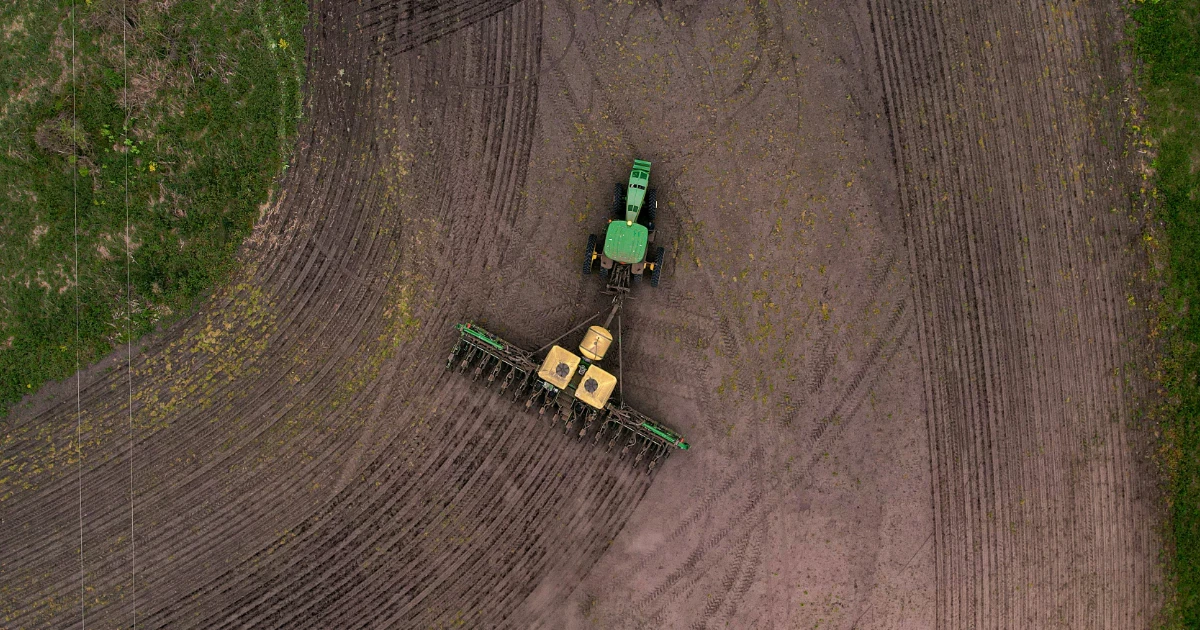
Most farmers don’t think about gauge wheel axles until something starts to wear out. But once they do, the drill doesn’t run the same. A worn axle means the gauge wheel wobbles, the opener doesn’t stay steady, and seed depth gets inconsistent. Shallow here, deep there, pretty soon you can see it in the rows.
» Read more about: How Non-Greasable Gauge Wheel Axles Improve Seeding Accuracy »

How Do Duck Foot Tines Impact Fuel Efficiency?
Fuel is one of the biggest costs of harvest. Every hour in the field burns money, and every acre that takes longer than it should adds up fast. While most farmers think fuel savings come from engine tuning or running fewer passes, one of the simplest ways to cut fuel use starts at the header.
» Read more about: How Do Duck Foot Tines Impact Fuel Efficiency? »

The Biggest Mistakes Farmers Make With Their Concaves (And How to Avoid Them)
When harvest hits full stride, concaves are the last thing most farmers want to think about, until something goes wrong. Plugging, rotor rumble, cracked grain, and poor separation are often blamed on the crop or the combine, when in reality, the real culprit is sitting right under the rotor. Here are the most common concave-related mistakes growers make (and how the Razors Edge system eliminates them).
» Read more about: The Biggest Mistakes Farmers Make With Their Concaves (And How to Avoid Them) »

When you’re running a mixed operation, you need equipment that handles whatever you put in front of it. The i-paddock Typhoon drum was built exactly for that, consistent feeding, aggressive grab, and smooth, even flow through the combine. While it performs in almost any crop, farmers see the biggest benefits in canola, soybeans, lupins, and barley.
» Read more about: What Crops Is the Typhoon Best Suited For? »
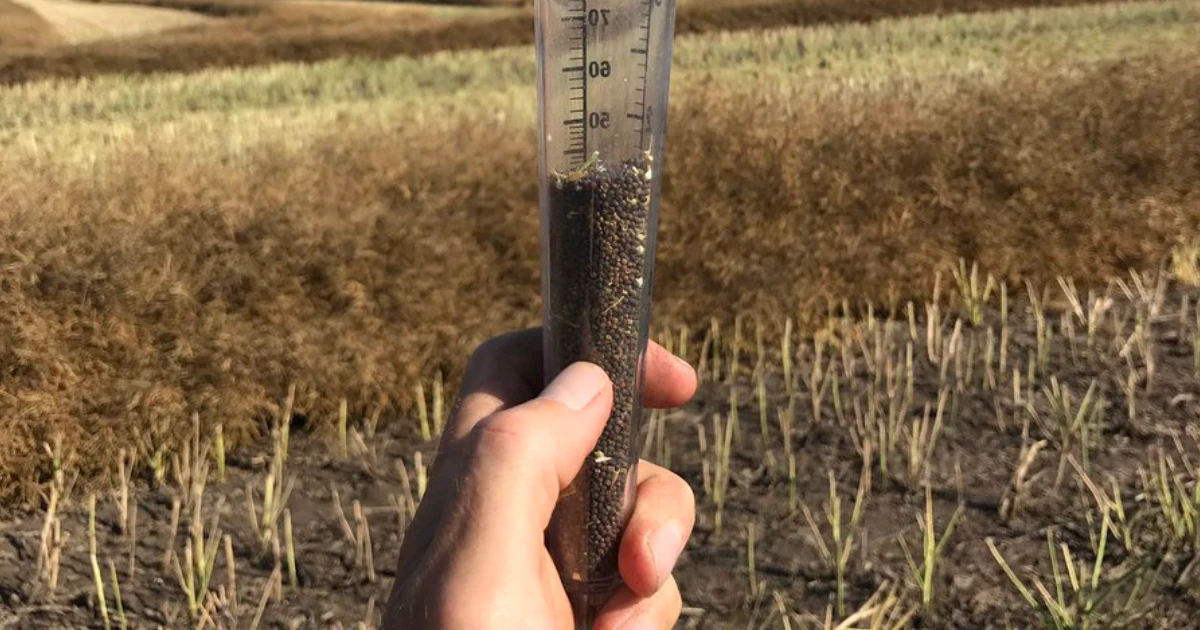
How Accurate Is the ScherGain System for Measuring Grain Loss?
When you check grain loss, you need real numbers, not guesses. Looking at the ground behind the combine or kicking through chaff won’t tell you how many bushels you’re leaving in the field. The ScherGain Drop Pan System does.
» Read more about: How Accurate Is the ScherGain System for Measuring Grain Loss? »

Invention of combine part reaps recognition in Time

The Winnipeg Free Press has featured Thunderstruck Founder Jeremy Matuszewski and the latest award for the Razors Edge concave.
» Read more about: Invention of combine part reaps recognition in Time »
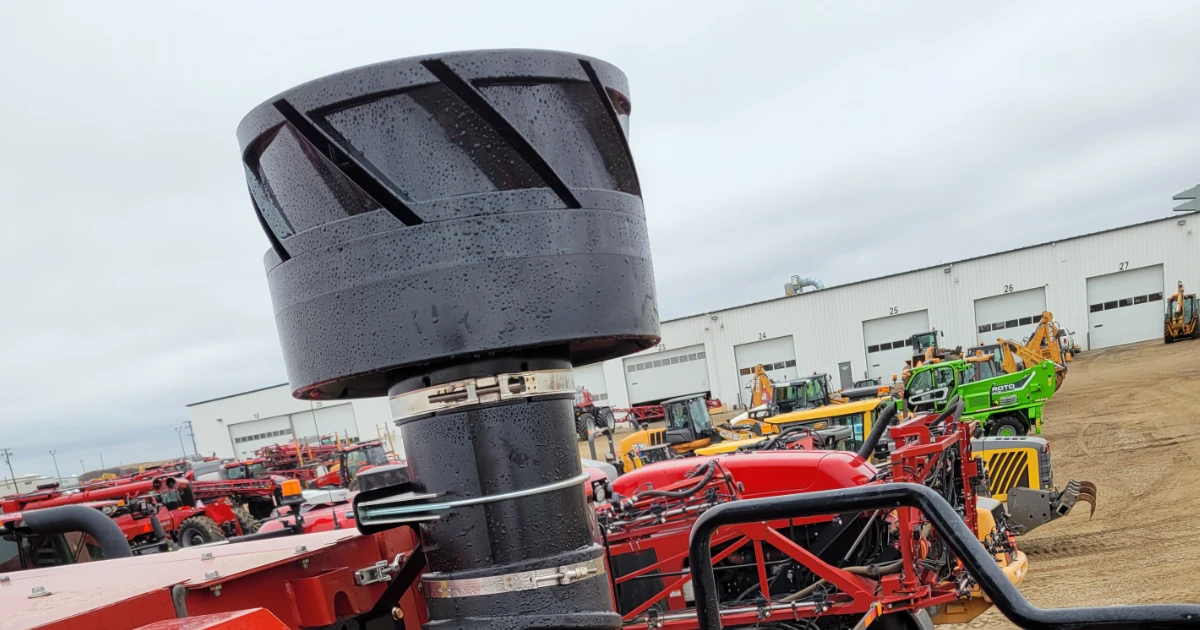
What is the KAS Pre-Cleaner? The Simple Upgrade That Protects Engines, Cuts Costs, and Keeps You Running
Dust always wins. It plugs filters, cuts horsepower, burns more fuel, and shuts machines down at the worst possible time. Whether you’re running a combine, tractor, skid steer, or industrial equipment, dirty air is one of the quietest profit-killers on the farm.
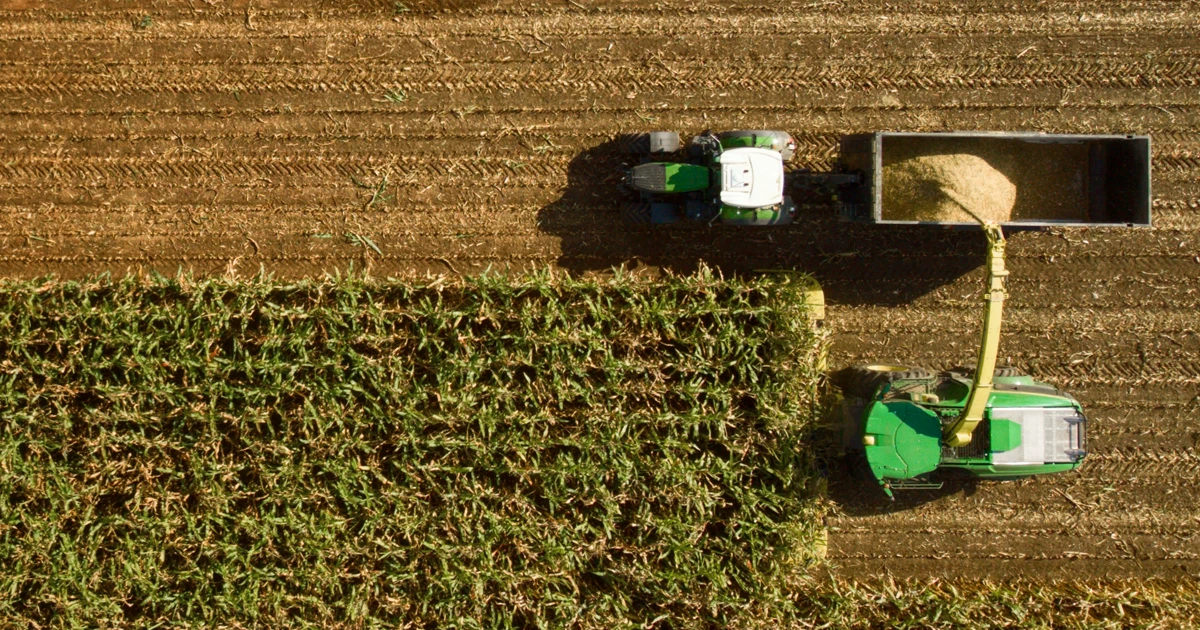
You hit a patch of green or damp crop and suddenly the header starts to fight you. Material bunches, wraps, or plugs, and the combine slows to a crawl. These are the moments that separate an average feeding drum from one built to handle tough conditions. The Typhoon is the feeding drum for green or damp crops.
» Read more about: How Does the Typhoon Handle Green or Wet Crops? »
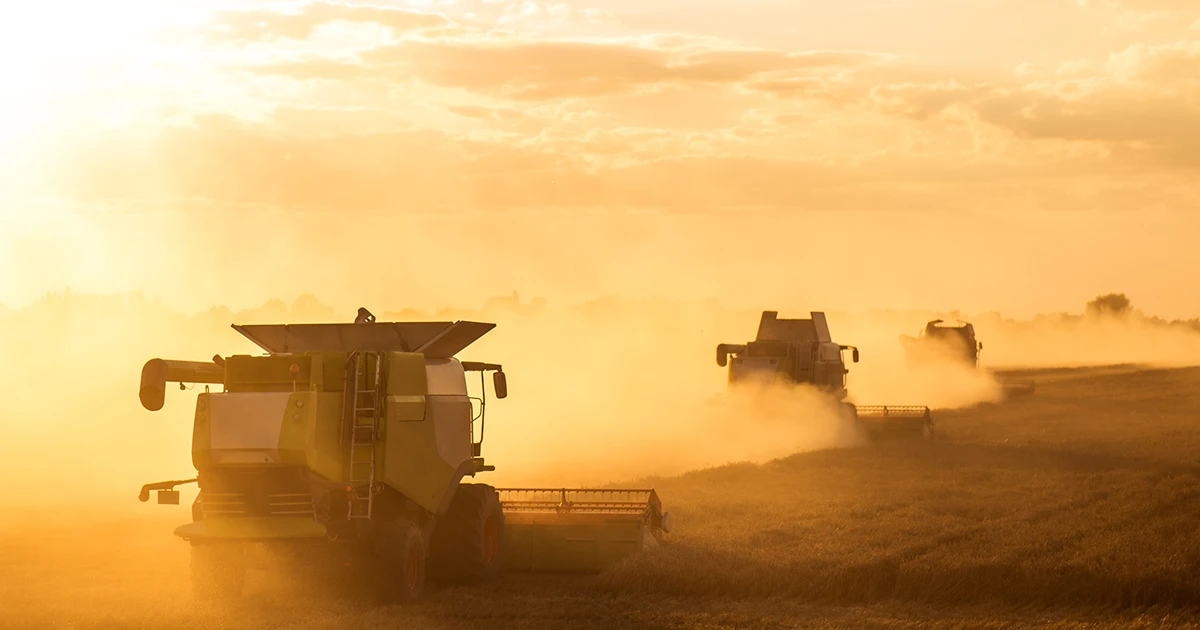
Does Ground Speed Change Between Sizes of Headers?
Not always. Many operators wonder, does header size affect ground speed, but moving up to a bigger header doesn’t mean you have to crawl. In reality, your ground speed has far more to do with what’s coming through the machine than how wide your header is.
» Read more about: Does Ground Speed Change Between Sizes of Headers? »
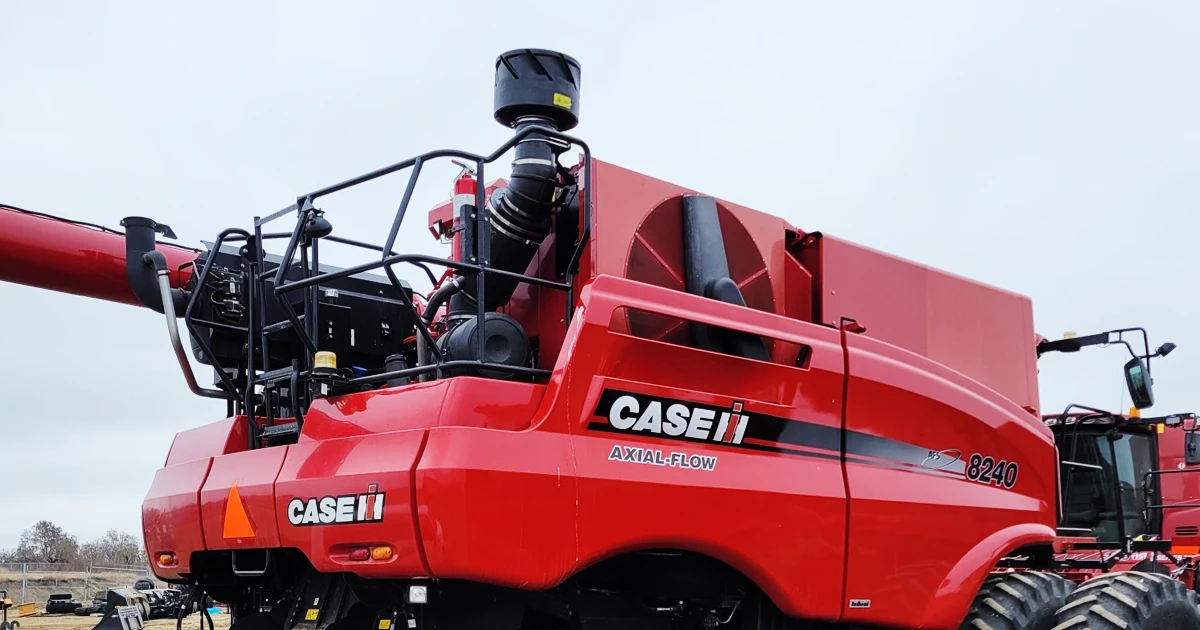
How Long Will My KAS Filter Last?
The KAS Pre-Cleaner is one of those upgrades that pays for itself faster than you expect, and the KAS pre cleaner benefits show up almost immediately. It mounts to your machine’s air intake and spins out debris before it ever reaches your main air filter. That means less restriction, cleaner air to your engine, and far fewer filter changes. It’s a simple, effective way to extend service intervals and keep you running.
Unlike a basic pre-screen,

Manitoba combine concaves featured in TIME Magazine

Thunderstuck Ag’s Razors Edge concaves are part of TIME’s list of the 300 best inventions of 2025. You can read the full story on farms.com.
» Read more about: Manitoba combine concaves featured in TIME Magazine »
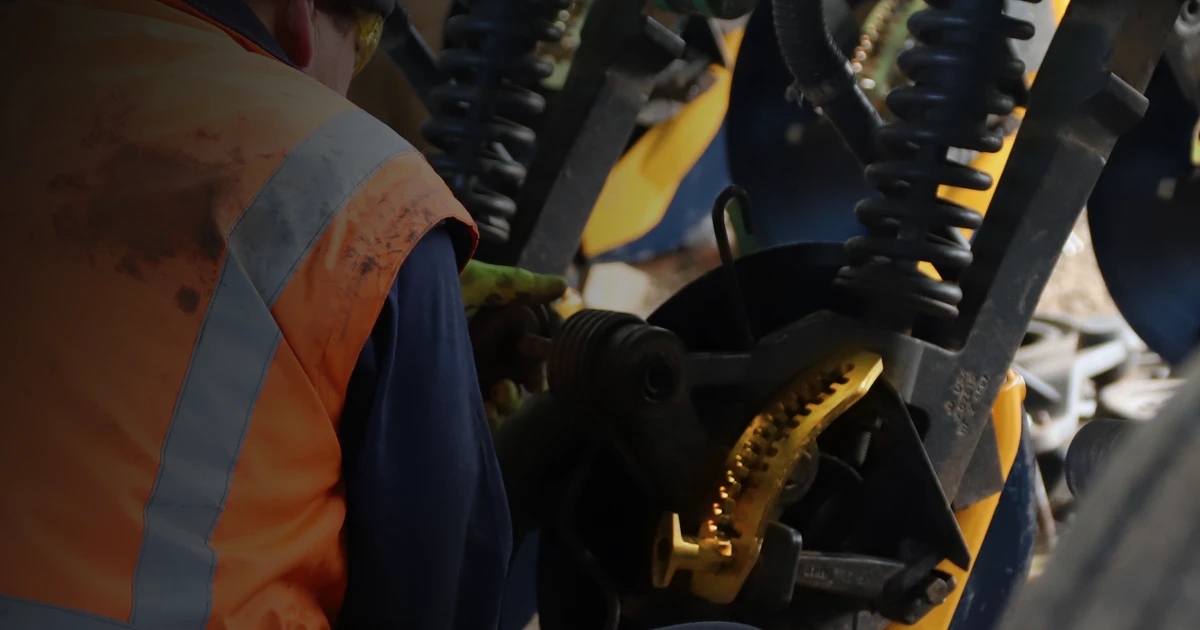
Your Cover Plates and T-Handles control where the gauge wheels actually run and that’s what decides how even your stand turns out. When these parts loosen or wear down, seed depth starts to wander, and it shows in the rows. Staying on top of this small piece of maintenance keeps your emergence consistent and your yield potential intact.

Razors Edge Concaves: What Farmers Are Saying
When you upgrade to Razors Edge Concaves, you’re not just swapping out parts, you’re rethinking how your combine handles crop. The design is built to reduce rotor loss, clean up your sample, and make your life easier across multiple crops, all without cover plates.
» Read more about: Razors Edge Concaves: What Farmers Are Saying »

Manitoba combine concaves make Time top inventions list

When TIME Magazine released its list of the 100 most influential new inventions for 2025, staff at Thunderstruck Ag Equipment in Winkler, Man., were surprised to learn they had earned the Thunderstruck Ag TIME award, with one of their products securing a spot on the prestigious list. Read the full story on manitobacooperator.ca!
» Read more about: Manitoba combine concaves make Time top inventions list »
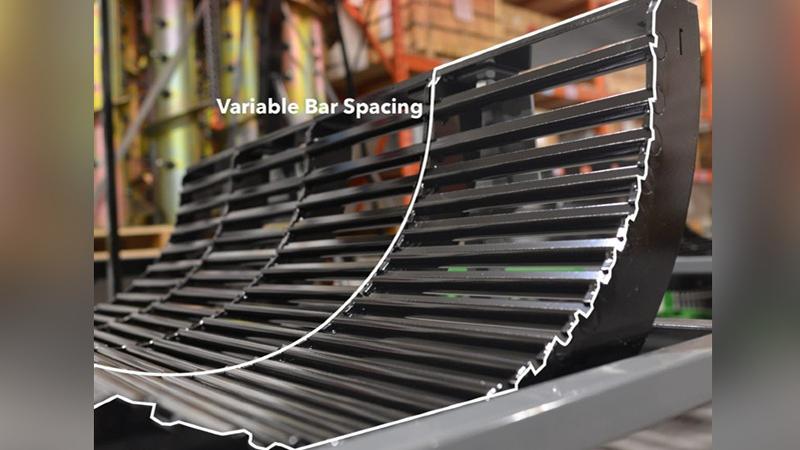
Agriculture innovation part of TIME’s list of best inventions

An agriculture innovation from a Winkler, Man. based company has earned global attention, with the Razors Edge Concaves TIME award placing it among the Best Inventions of 2025. Read the full story on farmnewsnow.com.
» Read more about: Agriculture innovation part of TIME’s list of best inventions »
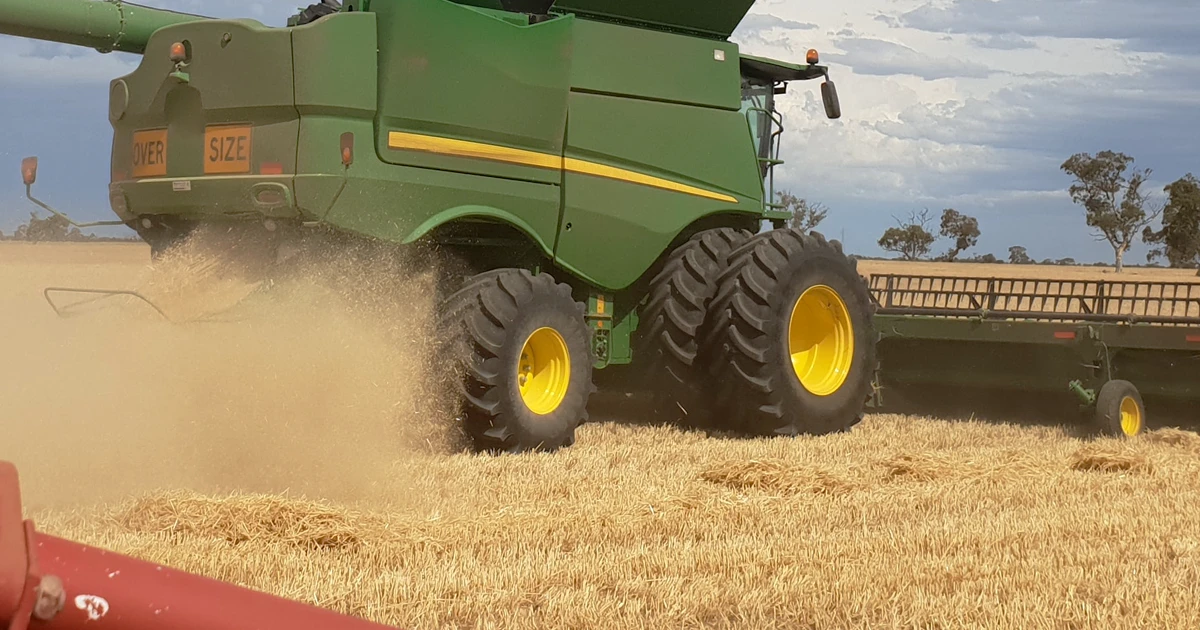
When it comes to harvest gear, durability isn’t a nice-to-have, it’s nonnegotiable. The Typhoon Feed Drum was built by an Australian farmer who was sick of fixing parts when we should’ve been harvesting. So he designed a feed drum that lasts.

Autumn Harvest Season in USA: Check Nature’s Bounty, Festivals, Farming & Traditions!

Discover the beauty of America’s autumn harvest season. From corn and pumpkins to apples and roots. Explore how October marks the peak of fall abundance. Read the full story on jagranjosh.com.
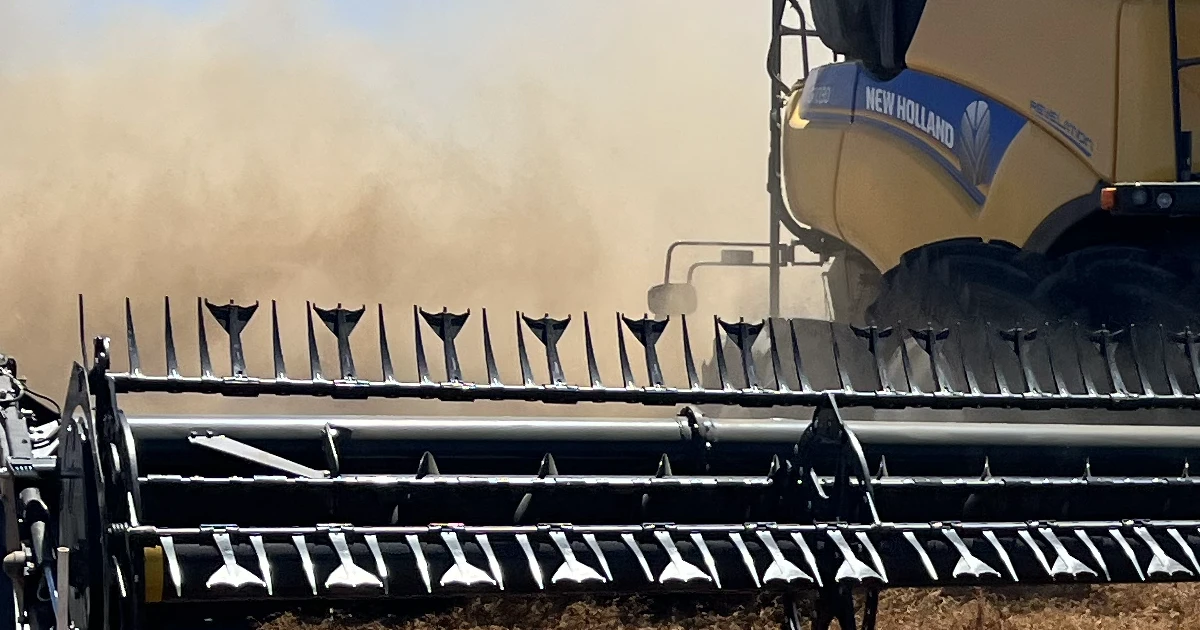
Are Duck Foot Paddle Tines Compatible with My Header?
If you’re thinking about running Duck Foot Paddle Tines, the first question is: Will they fit your header? The short answer? Most likely, but it’s worth checking a few simple things before you place an order.
» Read more about: Are Duck Foot Paddle Tines Compatible with My Header? »
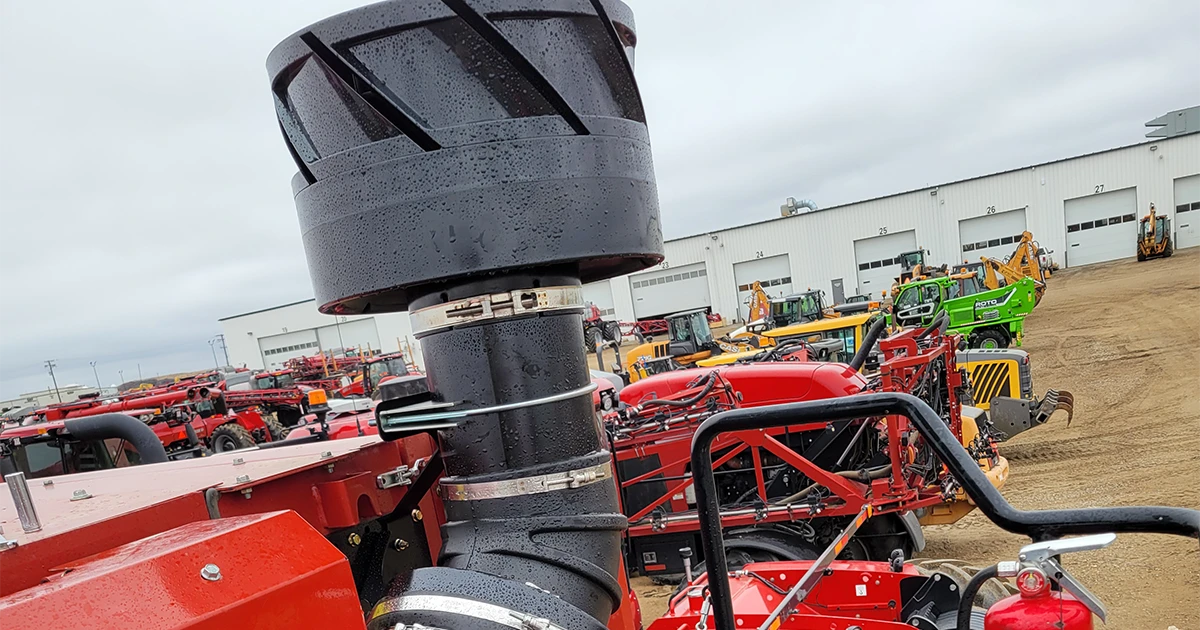
Why the KAS Pre-Cleaner Is a Must-Have for Skid Steers, Tractors & Combines
Keeping machines running in dusty, high-debris environments has always been a challenge. That’s where the Redekop KAS Pre-Cleaner comes in. It’s a smart, simple upgrade designed to protect your engine and reduce the number of air filter changes throughout the season. Built for combines, skid steers, tractors, and more, it’s an easy win for better uptime and longer machine life.
» Read more about: Why the KAS Pre-Cleaner Is a Must-Have for Skid Steers, Tractors & Combines »
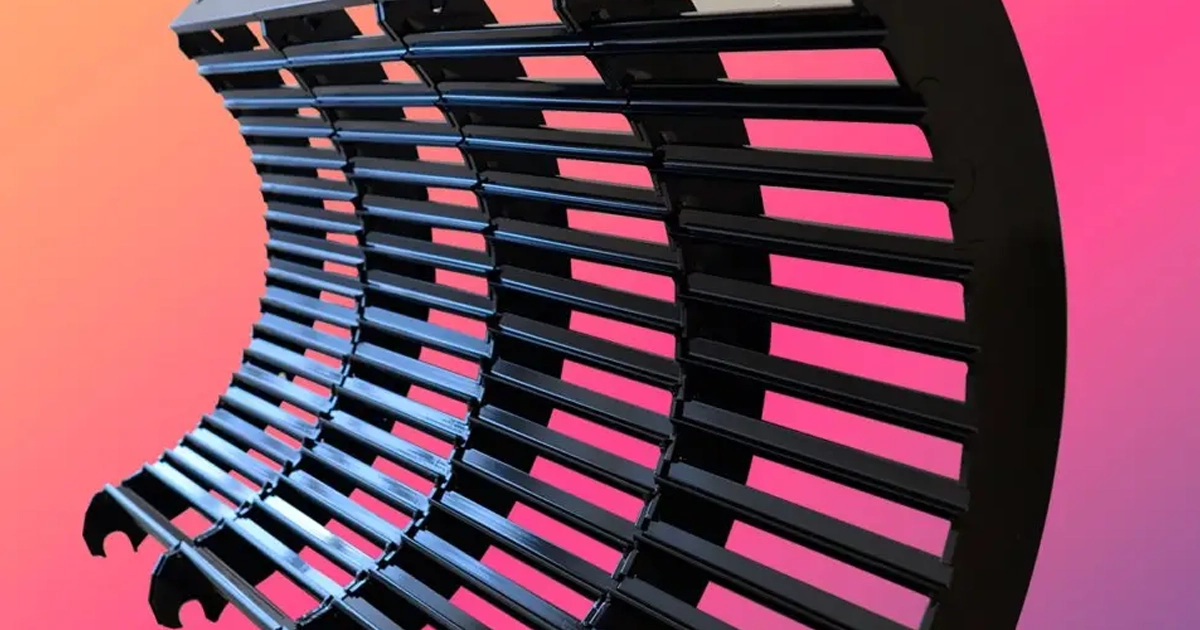
TIMES Best Inventions of 2025
Large-scale farmers often grow a mix of oats, barley, canola, sunflowers, soybeans, and corn, and switching between these crops can lead to costly downtime. Traditional concaves require frequent setup changes, but concaves for multi-crop harvesting eliminate those delays by handling diverse crop flows without swapping parts. Read the full story on time.com
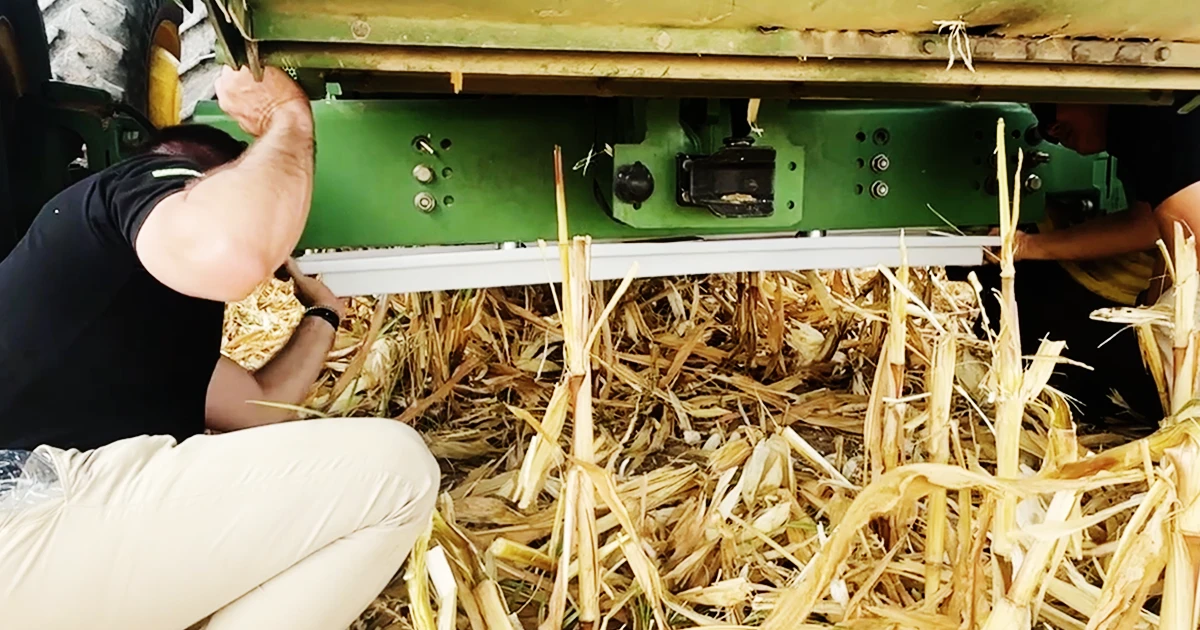
ScherGain Drop Pan Lifespan and Acres
The ScherGain Drop Pan is a magnet mounted, remote-release tool that attaches under your combine to measure harvest loss. Drop it under your load, clean the sample, measure it with the grain gauge, and use the chart to convert kernels into loss per acre. It works as a calibration tool, not a wear part like knives or bars. Because of that, the ScherGain drop pan lifespan stretches across multiple harvests and seasons. It gives farmers a long-lasting,

How to Set Your Combine for Maximum Efficiency with Razors Edge Concaves
Running Razors Edge Concaves isn’t about bolting them in and hoping for the best. These concaves are designed to thresh efficently up front and distribute crop evenly through the rotor. However, to get the return you expect, you need to set the machine up correctly. This guide walks through how to get things dialed in, step by step.
» Read more about: How to Set Your Combine for Maximum Efficiency with Razors Edge Concaves »
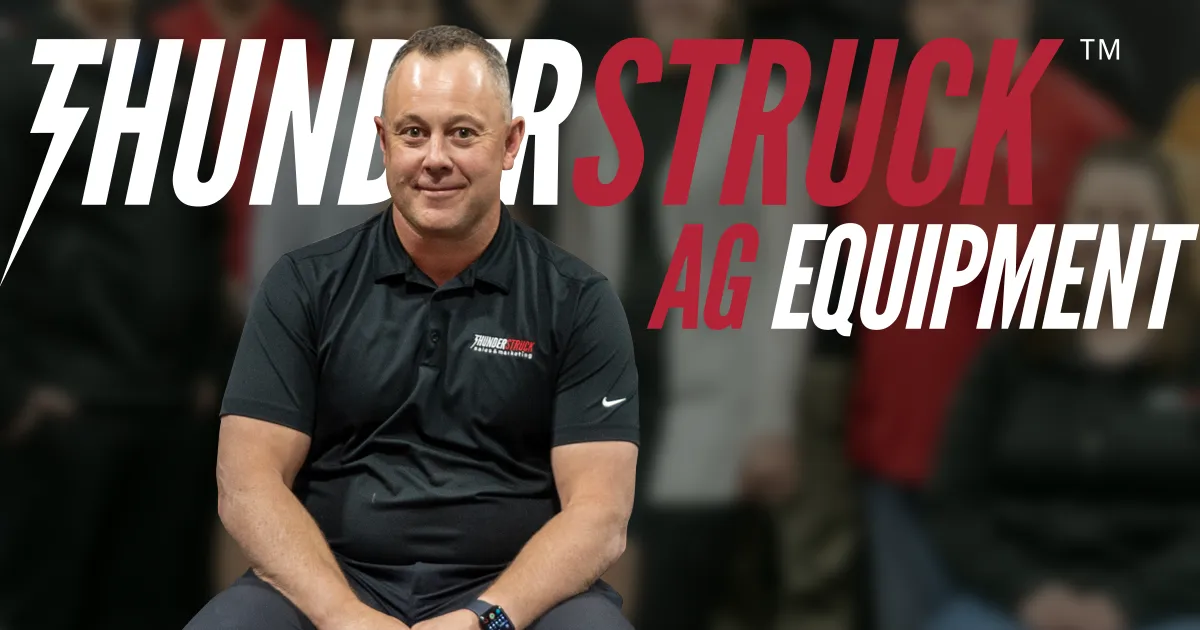
Thunderstruck Ag: Our Journey From Scrappy Shows to Global Growth
When people look at Thunderstruck Ag Equipment today, they often see the polished booths, the global partnerships, the professional team, and the product lineup. But that’s not how it started.
» Read more about: Thunderstruck Ag: Our Journey From Scrappy Shows to Global Growth »
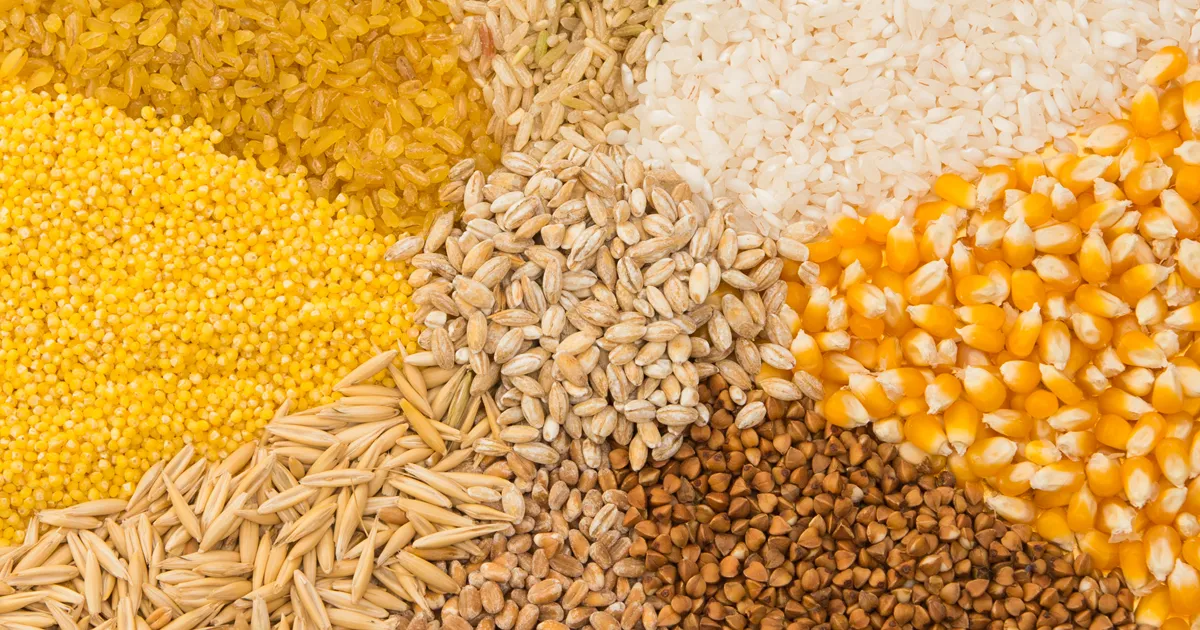
What Crops Will Duck Foot Tines Work In
Duck Foot Tines Work Well With Most Crops.
Duck Foot Tines improve harvest efficiency in both thin crops like soybeans and in larger, heavier crops such as cereals and pulses. By lifting and feeding crops more consistently, they save bushels that would otherwise be lost at the header.
» Read more about: What Crops Will Duck Foot Tines Work In »
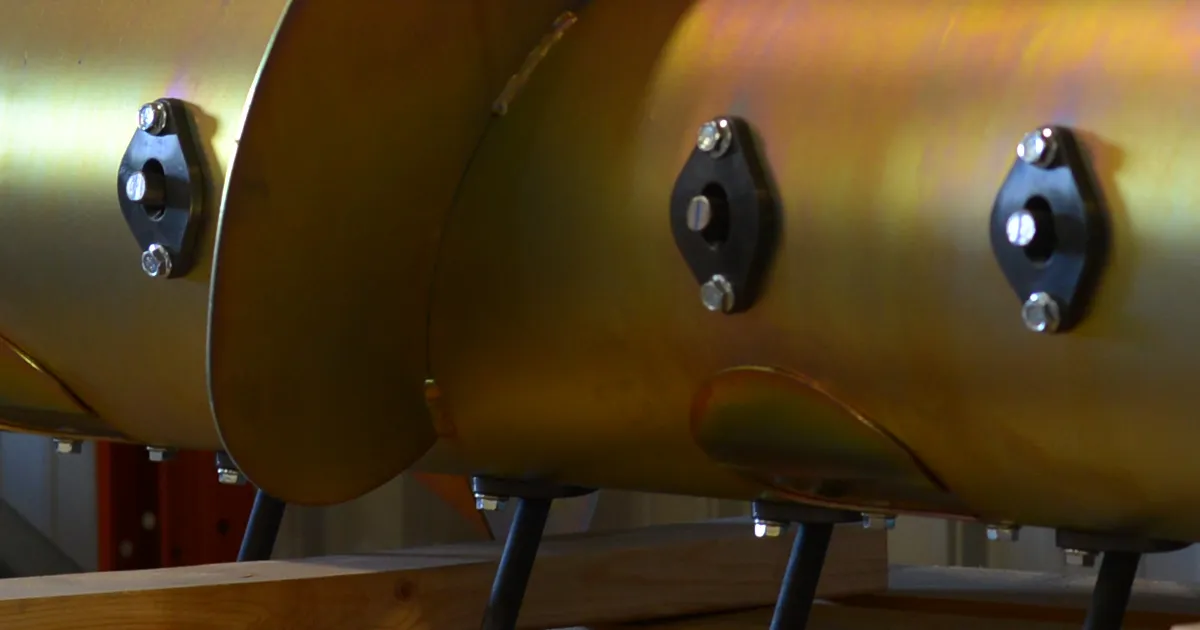
The Typhoon drum’s patented paddle flighting and aggressive finger design deliver exceptional Typhoon drum feeding performance, keeping crops moving in a continuous, even stream. By smoothing feed into the feederhouse, operators can maintain higher ground speeds with fewer slowdowns. In canola and legumes, that feeding performance often translates into a gain of 2 to 4 kilometers per hour when conditions allow.
Why speed goes up
Ground speed is limited by how steadily the header and feederhouse can deliver the crop.
» Read more about: Does the Typhoon Really Help Me Harvest Faster? »

From Ag Slump to Smart Moves

After years of growth, the agricultural equipment market in the United States is experiencing a notable downturn. Facing economic headwinds, uncertain trade conditions and rising costs, both farmers and manufacturers are adjusting their strategies.
To offset declining sales and ensure long-term viability, both sides of the industry are increasingly looking to double down on technology. Read the full story on farmershotline.com.
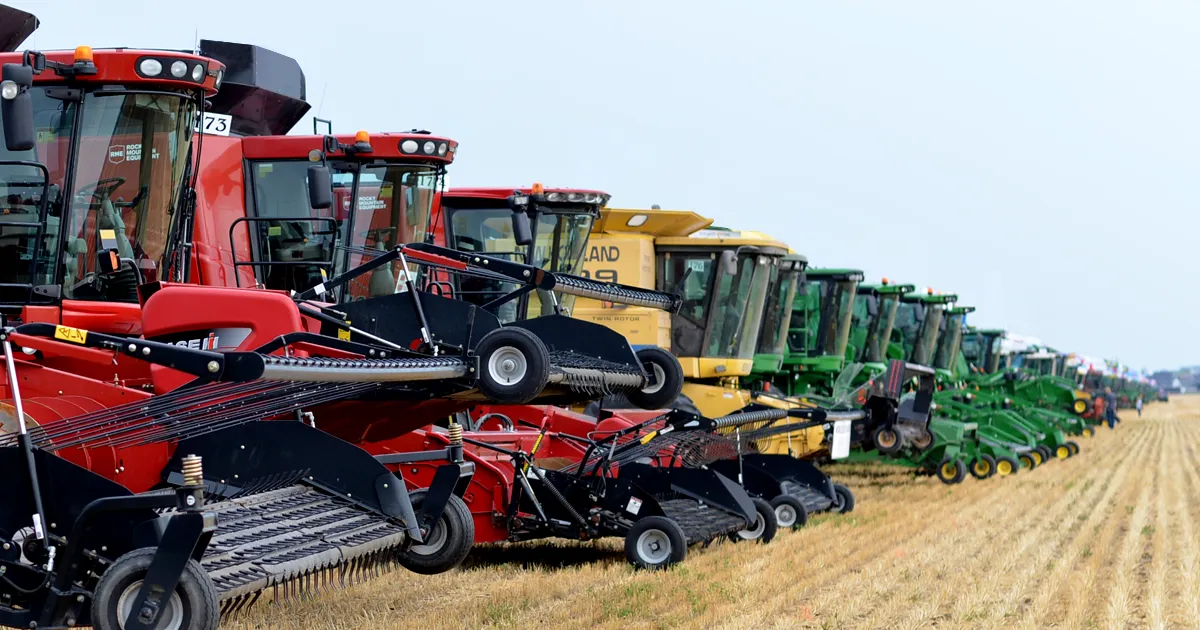
Will the ScherGain Drop Pan Work on Any Combine?
The ScherGain Drop Pan works on most major makes and models. On four-wheel drive or rear-wheel assist machines, mount the pan farther forward so the rear axle doesn’t interfere with the drop.
» Read more about: Will the ScherGain Drop Pan Work on Any Combine? »
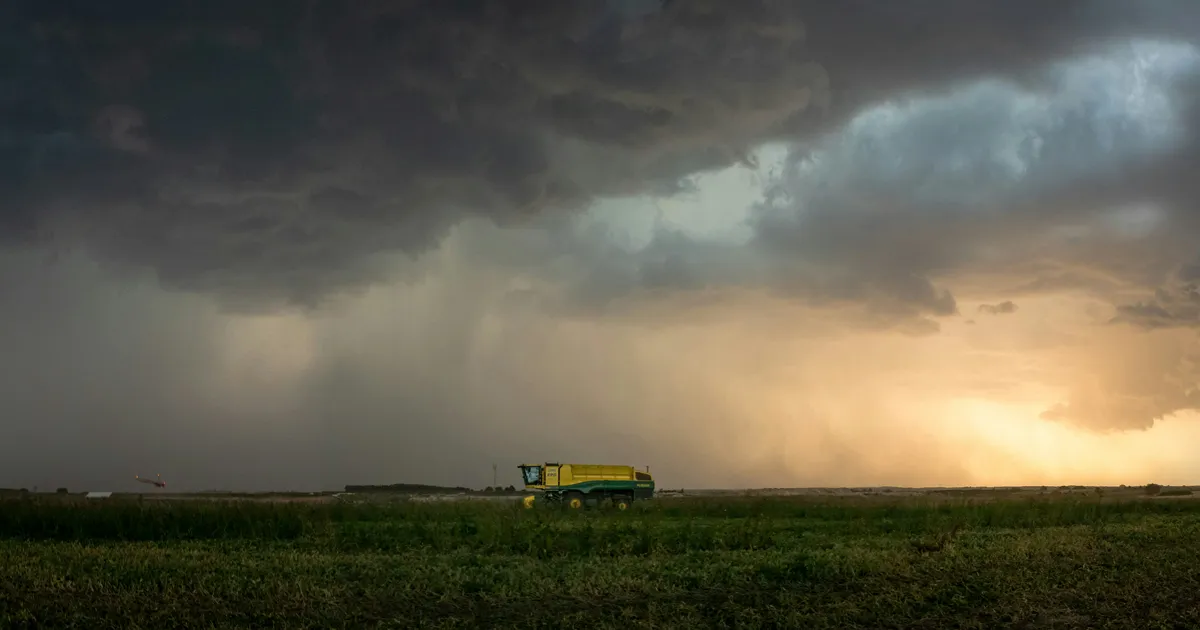
One Concave, All Conditions: The One Harvesting Upgrade You’ve Been Waiting For
Simplify harvest with universal combine concaves for all crops and conditions, eliminating downtime and constant setup changes.
» Read more about: One Concave, All Conditions: The One Harvesting Upgrade You’ve Been Waiting For »

When it comes to feeding performance, not all drums are created equal. Most lock you into a single finger position with no real way to adjust for different crops or conditions. That’s where the Typhoon feeder drum breaks the mold.
» Read more about: How the Typhoon’s Quick-Adjust Feature Gives You Total Feeding Control »
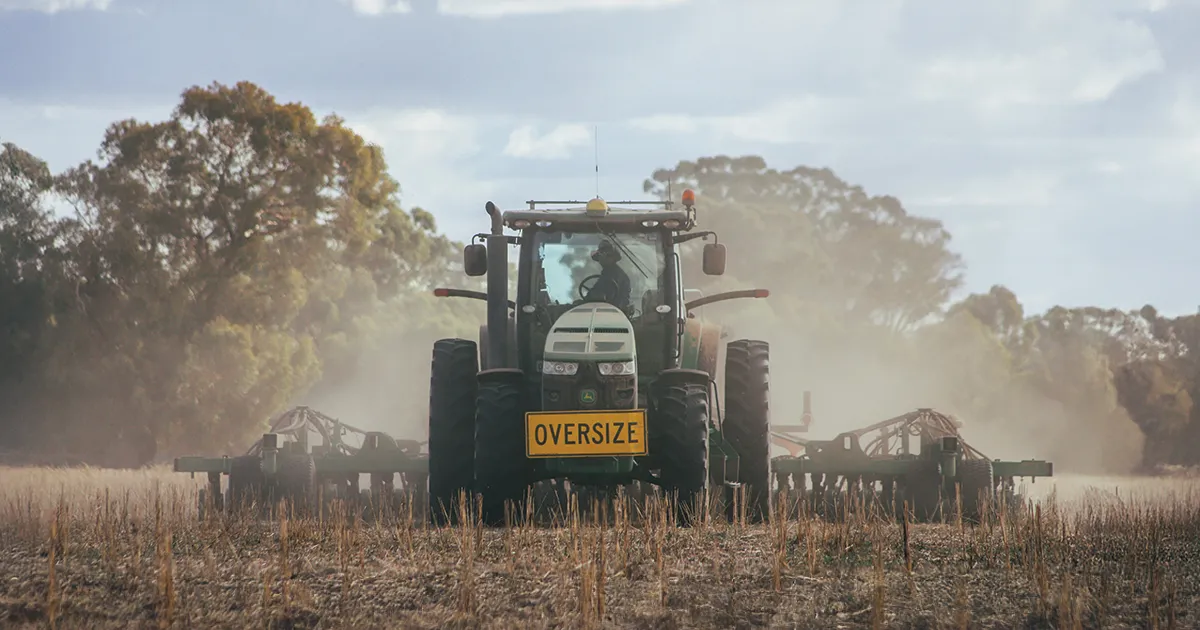
A straightforward guide to clearing residue without losing moisture, stand, or speed.
» Read more about: Residue Management Myths: What Canadian Air Seeder Operators Get Wrong »

Don’t Let Cracked Beans and Rotor Loss Hurt Your Bottom Line
Every cracked grain and every kernel lost out the back of the combine is money left in the field. For growers running high-value crops like soybeans or edible beans, even small losses add up quickly.
» Read more about: Don’t Let Cracked Beans and Rotor Loss Hurt Your Bottom Line »
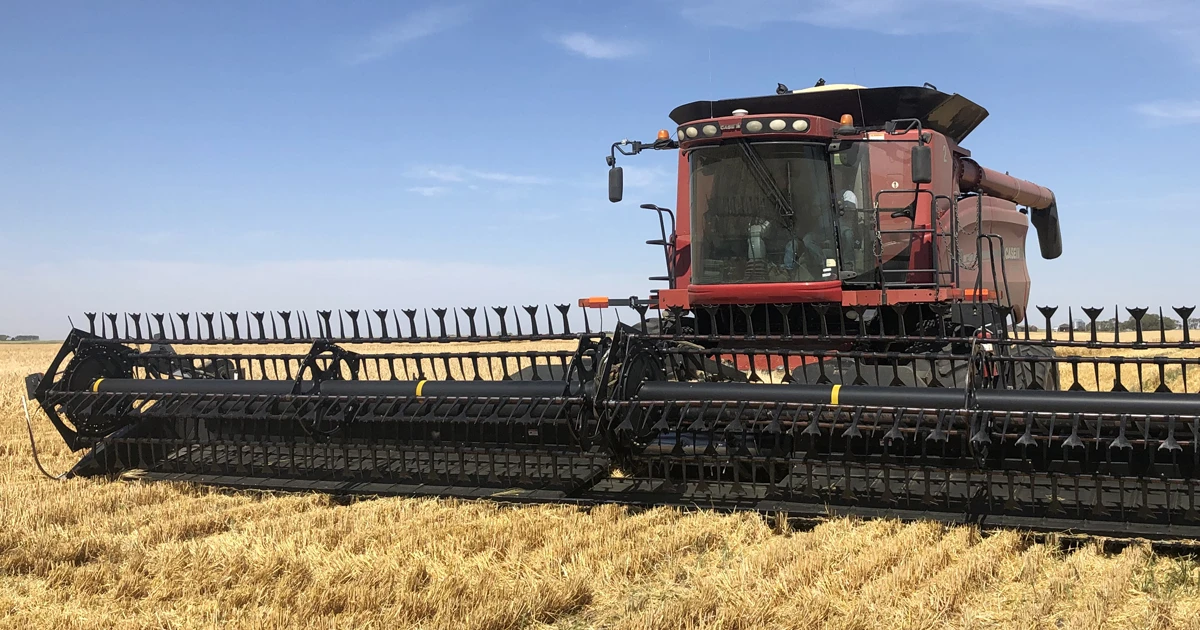
Reel Pitch Matters: Getting the Most from Your Duck Foot Paddle Tines
Installing Duck Foot Paddle Tines is one of the easiest ways to improve crop feeding across your header, but to unlock their full performance, reel settings matter. One question we often get is: Do I need to adjust my reel pitch after installing the paddles? The short answer? Yes, and here’s why.
» Read more about: Reel Pitch Matters: Getting the Most from Your Duck Foot Paddle Tines »
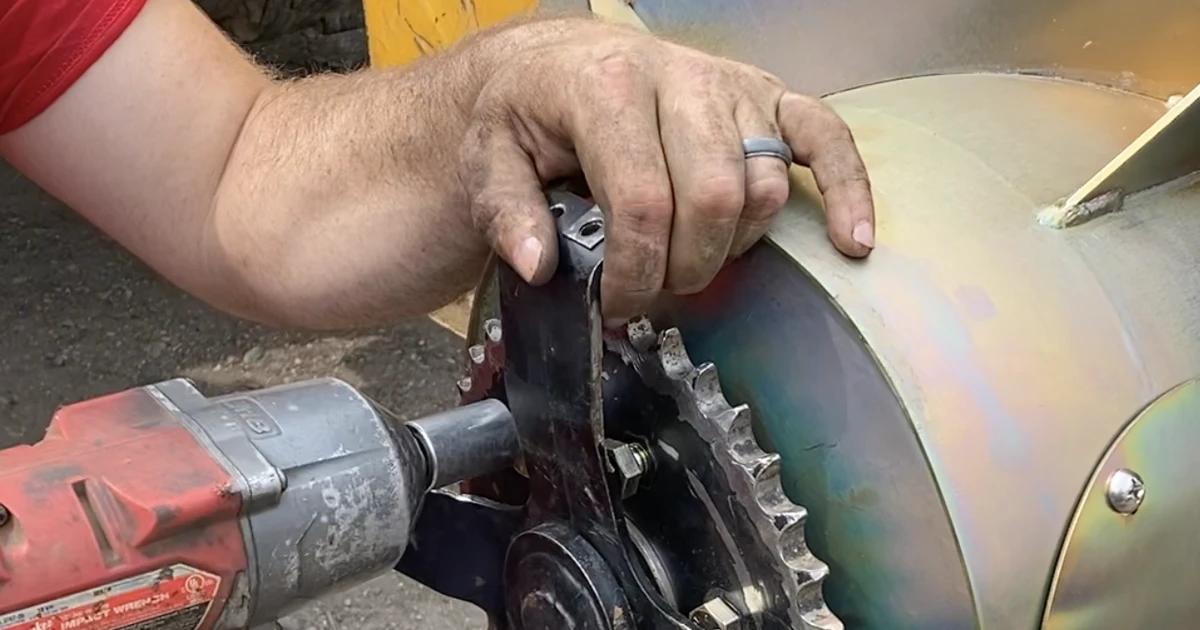
If you’re looking at the i-paddock Typhoon to boost your spreading performance, one of the first questions that probably comes to mind is: is the Typhoon compatible with my header? You’re not alone, compatibility is one of the most common questions we get from farmers across North America.
The good news? We built the Typhoon with compatibility in mind, especially for the headers that farmers rely on most.
» Read more about: Is the Typhoon Compatible With My Header? »

Power That Lasts: Understanding Battery Life on the ScherGain Drop Pan
When it comes to testing for combine loss, the last thing you need is to fight with unreliable batteries. The ScherGain Drop Pan Solution System is built to make harvest testing fast, accurate, and headache-free, and that includes the power source behind it. Let’s talk the ScherGain Drop Pan battery life, maintenance, and what you can expect from the lithium-ion battery that runs your drop pan.
» Read more about: Power That Lasts: Understanding Battery Life on the ScherGain Drop Pan »
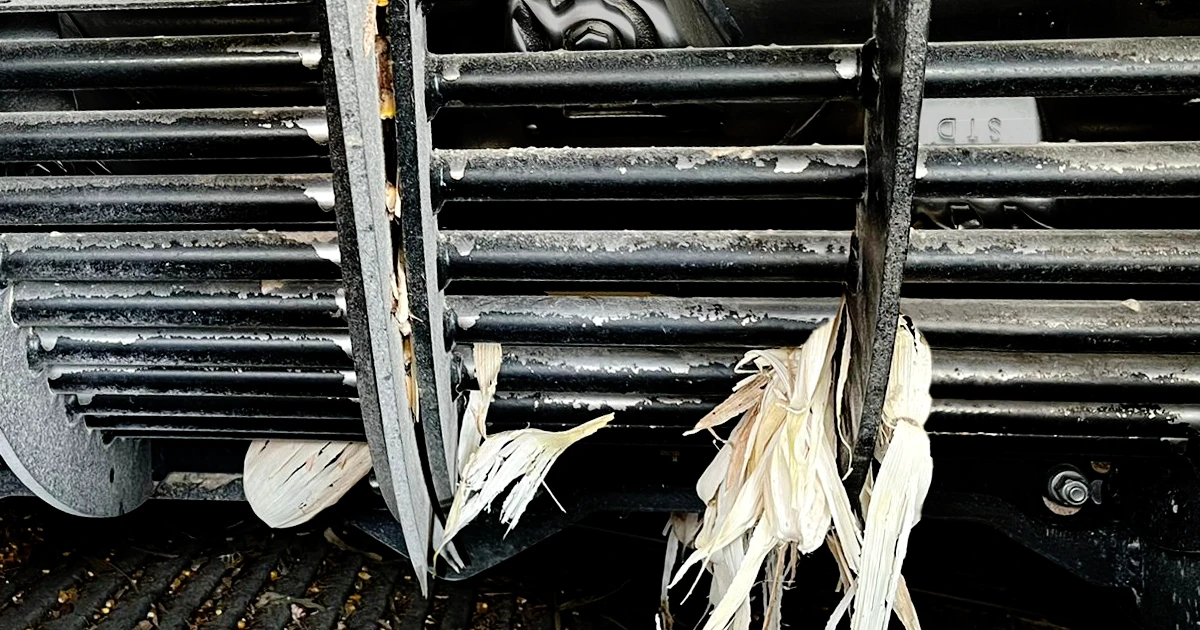
The Science Behind Better Threshing: How Razors Edge Concaves Work
When it comes to your combine’s performance, threshing and separation are everything. Miss the mark on either, and you’re leaving grain in the field or cracking what you do manage to collect. That’s why concave design matters more than most realize.
» Read more about: The Science Behind Better Threshing: How Razors Edge Concaves Work »
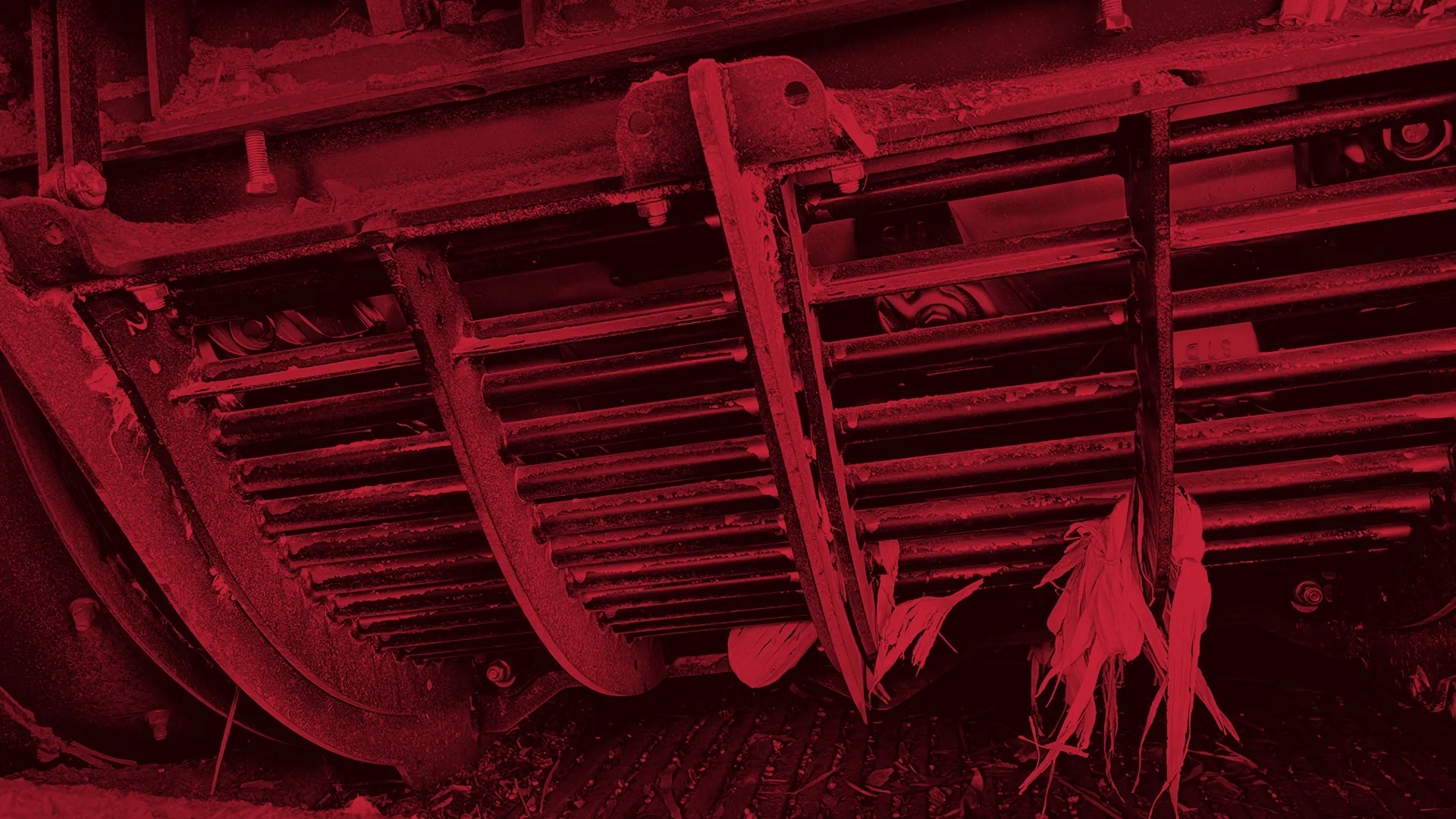
Thunderstruck Ag Wins Dual Honors at Ag in Motion 2025 for Razors Edge Concaves

Thunderstruck Ag is the winner of both the 2025 Innovation Award and the Farmers’ Choice Award at Ag in Motion. The awards solidify Razors Edge Concaves as one of the most transformative and farmer-approved solutions in modern harvesting. Read the full story on businesswire.com
» Read more about: Thunderstruck Ag Wins Dual Honors at Ag in Motion 2025 for Razors Edge Concaves »
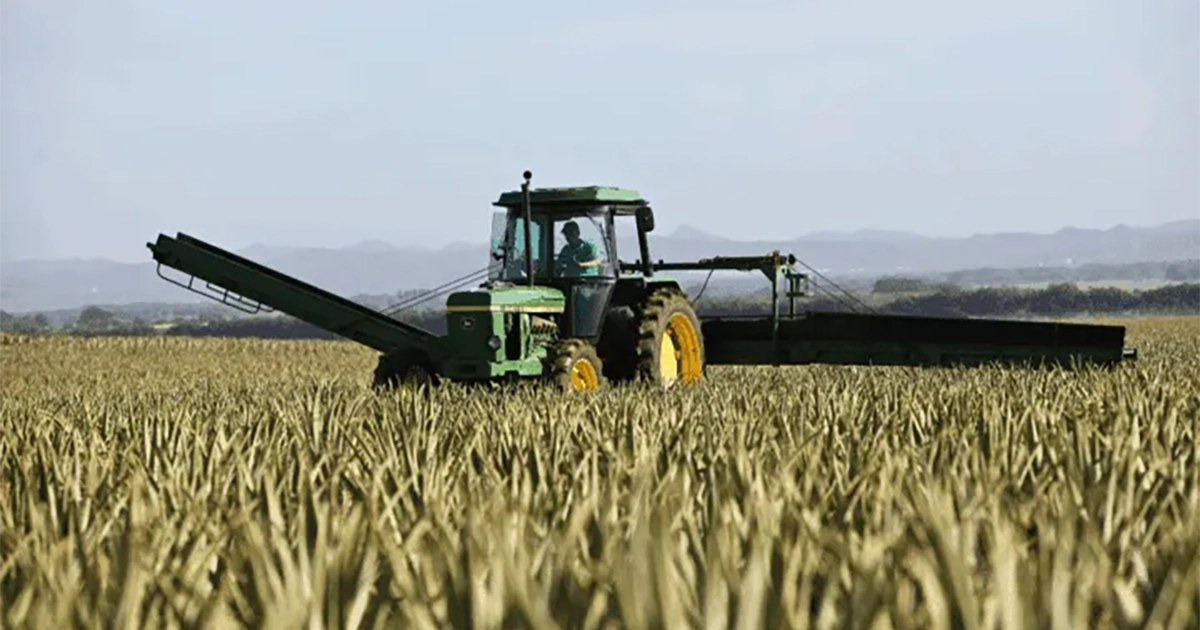
The True Cost of Downtime: How Farm Equipment Failures Disrupt the Food Chain

CANADA — We’ve all felt that pinch at the grocery store lately. Prices for everyday staples seem to be on a relentless climb, and it’s easy to point fingers at a dozen different economic factors. But there’s a crucial piece of this puzzle that often gets overlooked, and something that starts far from the checkout aisle. The reliability of farm equipment plays a crucial role in the fields where our food begins its journey. When a critical piece of machinery goes down,
» Read more about: The True Cost of Downtime: How Farm Equipment Failures Disrupt the Food Chain »
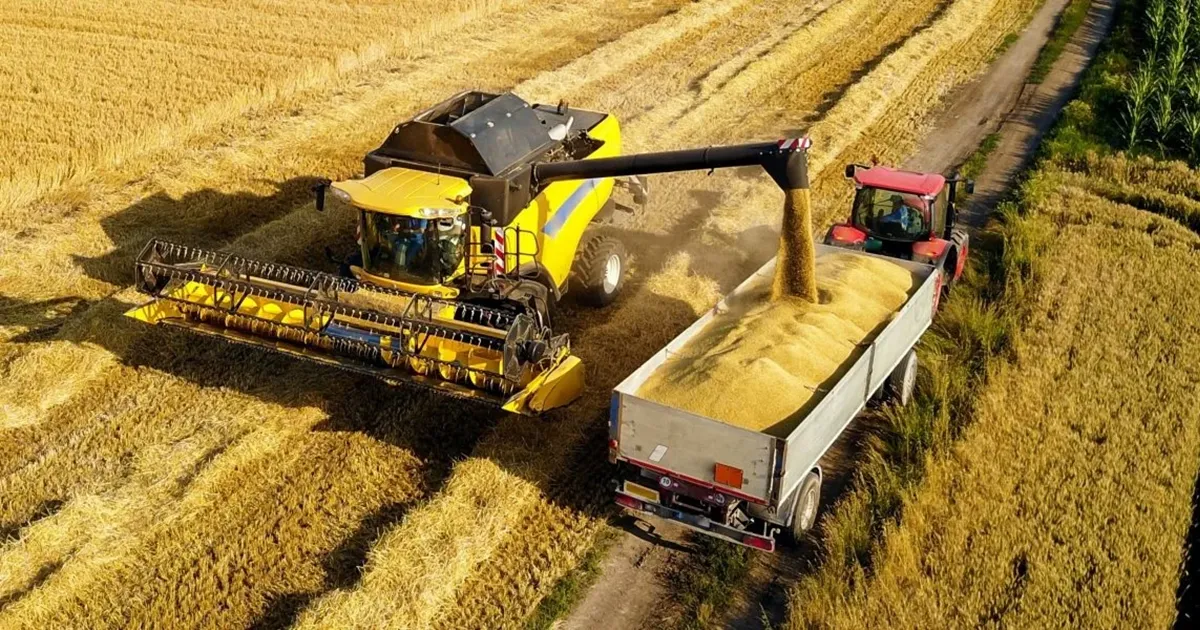
How Thunderstruck Ag’s Razors Edge Concaves Are Simplifying Multi-Crop Harvests

Harvest is the most demanding time of year. Every hour counts, and even minor breakdowns can lead to lost yield and revenue. Yet long before equipment fails, many farmers lose valuable time wrestling with outdated concave systems that require hardware changes just to switch crops. These adjustments disrupt workflow, reduce efficiency, and add unnecessary stress during the most critical time of the season. Read the full story on usinsider.com
» Read more about: How Thunderstruck Ag’s Razors Edge Concaves Are Simplifying Multi-Crop Harvests »

If you’ve ever fought with uneven crop flow or frustrating feed delays during harvest, chances are your OEM drum is part of the problem. Factory-standard finger drums often don’t cut it, especially in tough conditions or when you’re pushing hard to beat the weather. You need a combine drum upgrade for better crop feeding.
» Read more about: More Fingers, Better Feed: What Makes the Typhoon Stand Out »
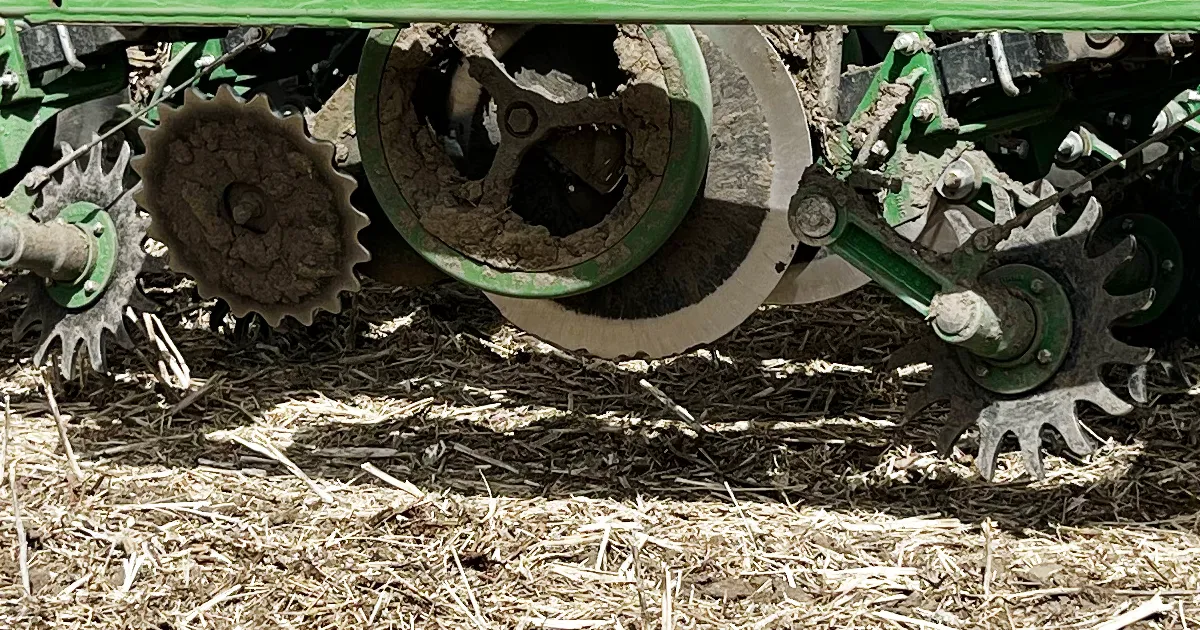
Residue is a good sign, proof your soil is healthy, your yields were solid, and your ground is protected. But when it comes time to plant, that same residue can quickly become your biggest challenge. Keep reading for residue management tools for better crop emergence!
Hairpinning. Uneven depth. Cold, wet seedbeds. Poor emergence. You’ve likely seen it all if you’re seeding into heavy or damp residue. And while no-till practices have clear long-term benefits,
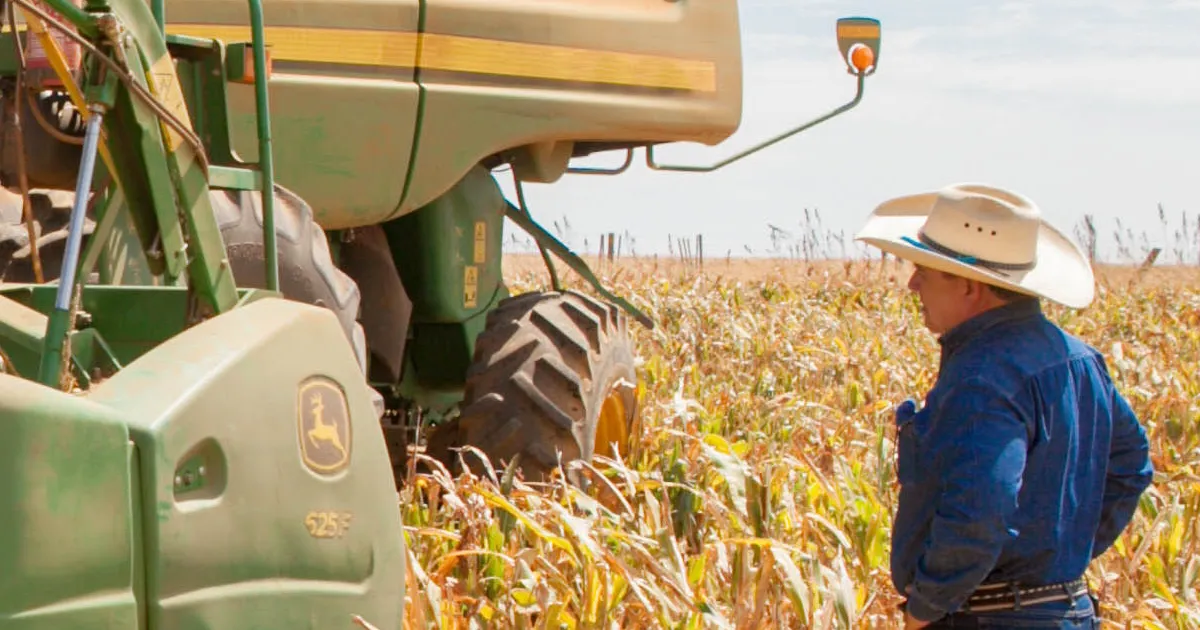
Why Your Current Concaves Are Holding You Back (And What to Do About It)
If you’ve ever felt like your combine should be doing more—threshing cleaner, holding grain better, running smoother, you’re probably right. The problem may not be your combine at all; it could be you need a combine concave upgrade for higher yield
Whether you’re running OEM concaves that came standard or an aftermarket setup that hasn’t lived up to the promise, there’s a good chance your current system is holding back your harvest potential.
» Read more about: Why Your Current Concaves Are Holding You Back (And What to Do About It) »

When (and When Not) to Use Duck Foot Paddle Tines
Duck Foot Paddle Tines have made a name for themselves by helping farmers move more crop off the header and into the combine. Whether you’re dealing with short crops, brittle pods, or tough harvest conditions, they’re a simple upgrade that delivers real results.
» Read more about: When (and When Not) to Use Duck Foot Paddle Tines »
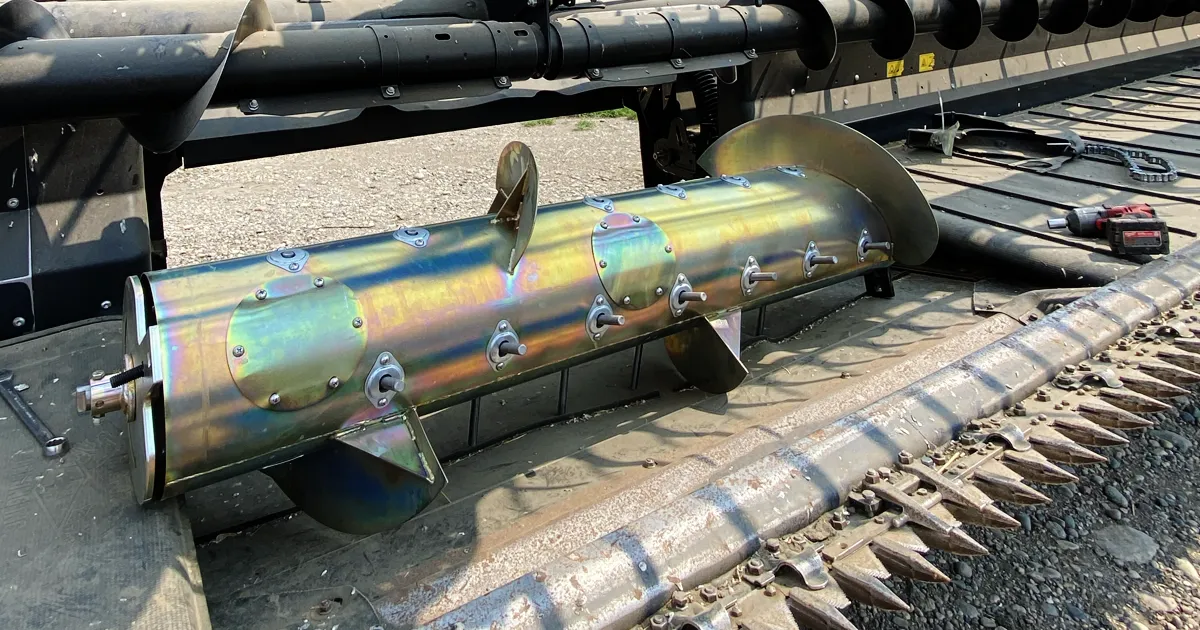
When it comes to upgrading your harvest performance, downtime is the last thing you want. That’s why the i-paddock Typhoon is designed with simplicity and speed in mind—so you can get it installed and back in the field without losing a valuable harvest window.
» Read more about: Fast & Simple: Installing the i-paddock Typhoon »

Ag In Motion 2025 draws strong attendance, more international visitors

This year’s show saw three clear days for attendees to see equipment, livestock and the latest in technology. Read the full story on okotoksonline
» Read more about: Ag In Motion 2025 draws strong attendance, more international visitors »
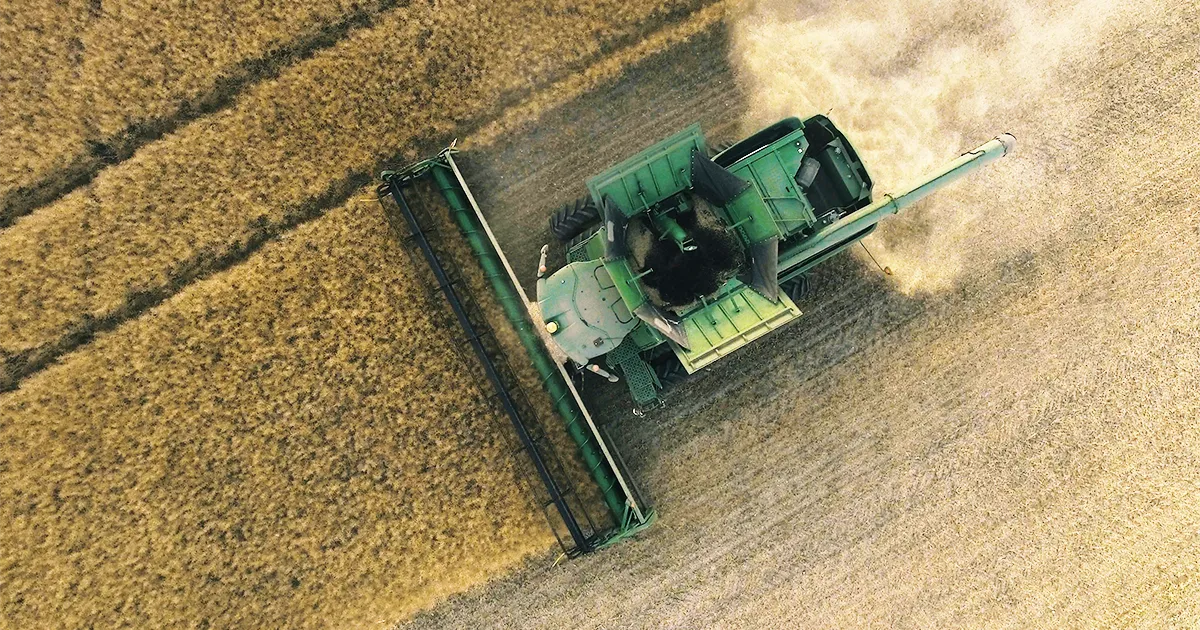
Why Am I Throwing So Much Grain Out the Back?
If you’ve ever looked behind your combine and seen grain scattered on the ground, you’re probably asking yourself, “Why am I throwing so much grain out the back?” The answer, more often than not, comes down to one main factor: your harvesting speed.
» Read more about: Why Am I Throwing So Much Grain Out the Back? »

Mastering Grain Loss Reduction: Dialing In Your Combine for a Perfect Harvest
Harvest season is a make-or-break time for every farmer. With all the work that goes into growing, managing, and finally harvesting crops, every bushel lost can feel like a small tragedy. Yet, many farmers unknowingly let valuable grain slip away due to improper combine settings. This post will walk you through everything you need to know about identifying, diagnosing, and correcting grain loss in your combine. Whether you’re a seasoned operator or new to the game,
» Read more about: Mastering Grain Loss Reduction: Dialing In Your Combine for a Perfect Harvest »

What Makes Duck Foot Paddle Tines Different?
When harvest starts, every piece of equipment on your combine needs to do its job—and do it right. Header loss, crop flow problems, and unnecessary wear on your machine can add up fast. That’s why choosing the right attachments matters. If you’re looking for something that genuinely improves harvest performance, Duck Foot Paddle Tines bring something different to the table.
Here’s what sets them apart.
» Read more about: What Makes Duck Foot Paddle Tines Different? »
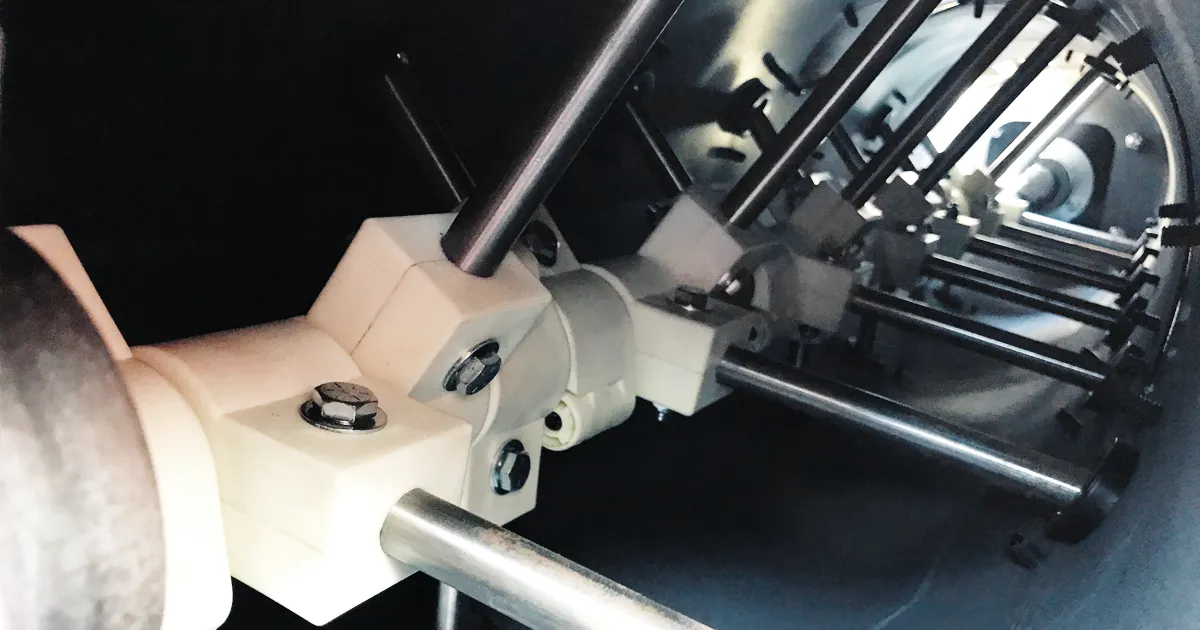
When you’re in the thick of harvest, everything comes down to how efficiently your machine can move crop through the front. Slowdowns, blockages, and slugging don’t just cost time—they cost yield. That’s why even small design changes, like drum diameter, can make a massive difference.
» Read more about: How a Smaller Diameter Drum Improves Harvest Flow »
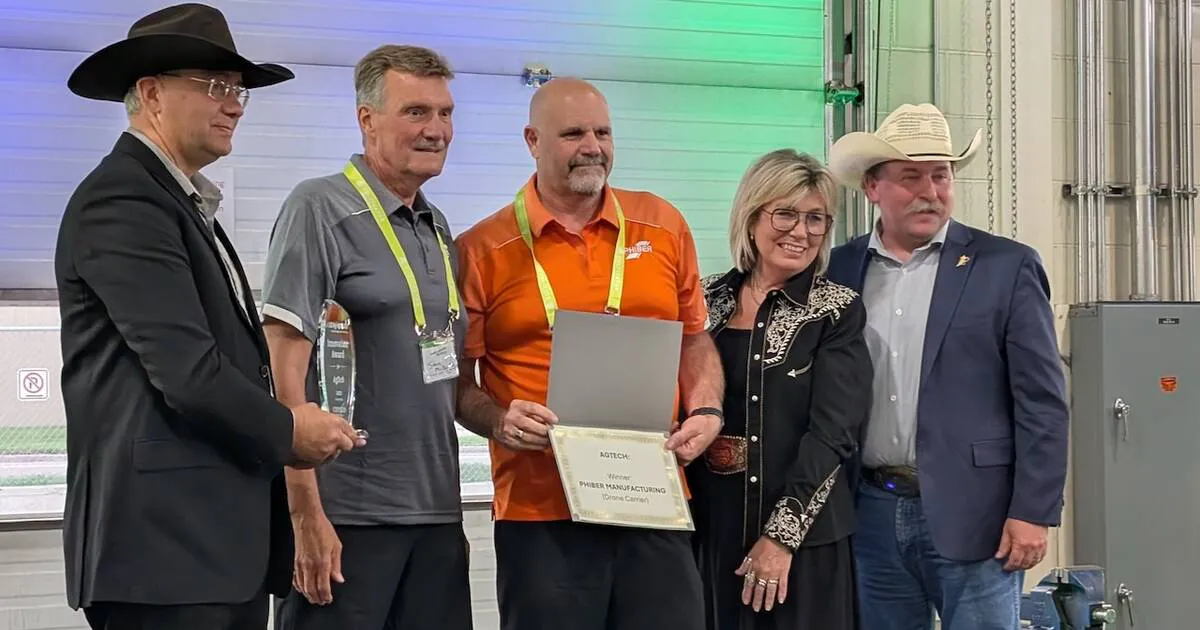
Ag in Motion innovation awards showcase top 2025 ag technology

The Innovation Program Awards recognized top innovators in Canadian agriculture and technology ahead of the opening of Ag in Motion 2025. Read the full story on producer.com
The Monday night ceremony at Saskatchewan Polytechnic campus in Saskatoon celebrated winners across five categories: agronomics, agtech, business solutions, environmental sustainability and equipment.
» Read more about: Ag in Motion innovation awards showcase top 2025 ag technology »
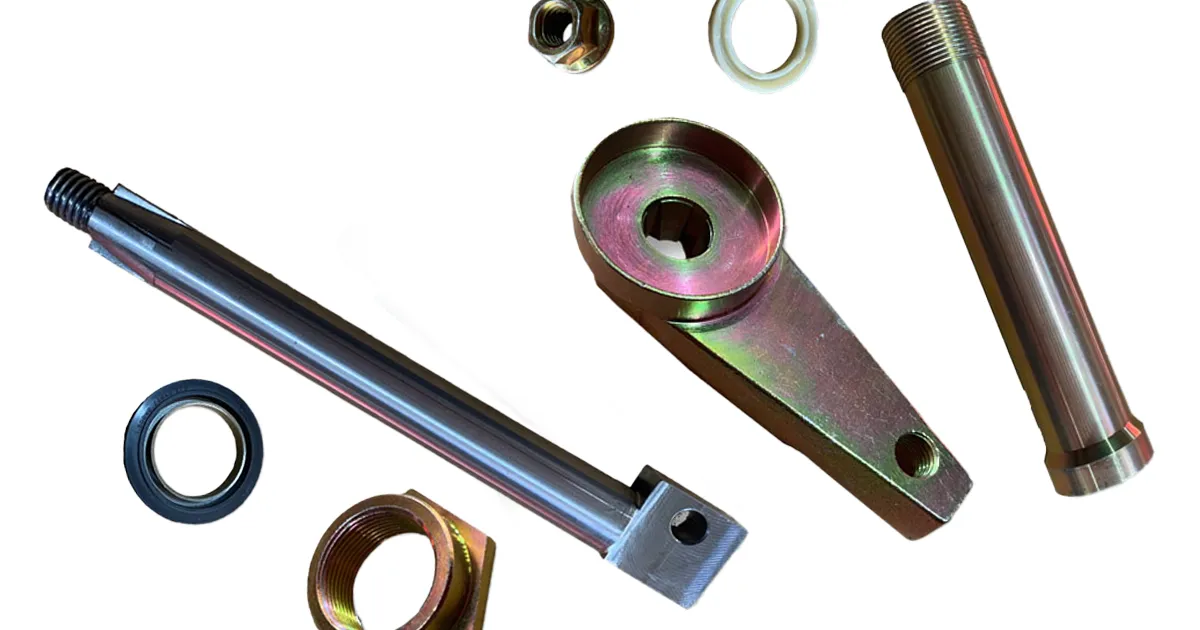
The Hidden Costs of Greasable Parts: Why Switching to Non-Greasable Saves in the Long Run
Let’s be honest—no one wakes up excited to grease equipment. It’s messy, time-consuming, and always seems to get bumped down the list when harvest is on, cows are out, or the weather just won’t cooperate. But here’s the kicker: while greasing might seem like a small task, those “little” maintenance jobs can really add up over time—both in labor and cost.
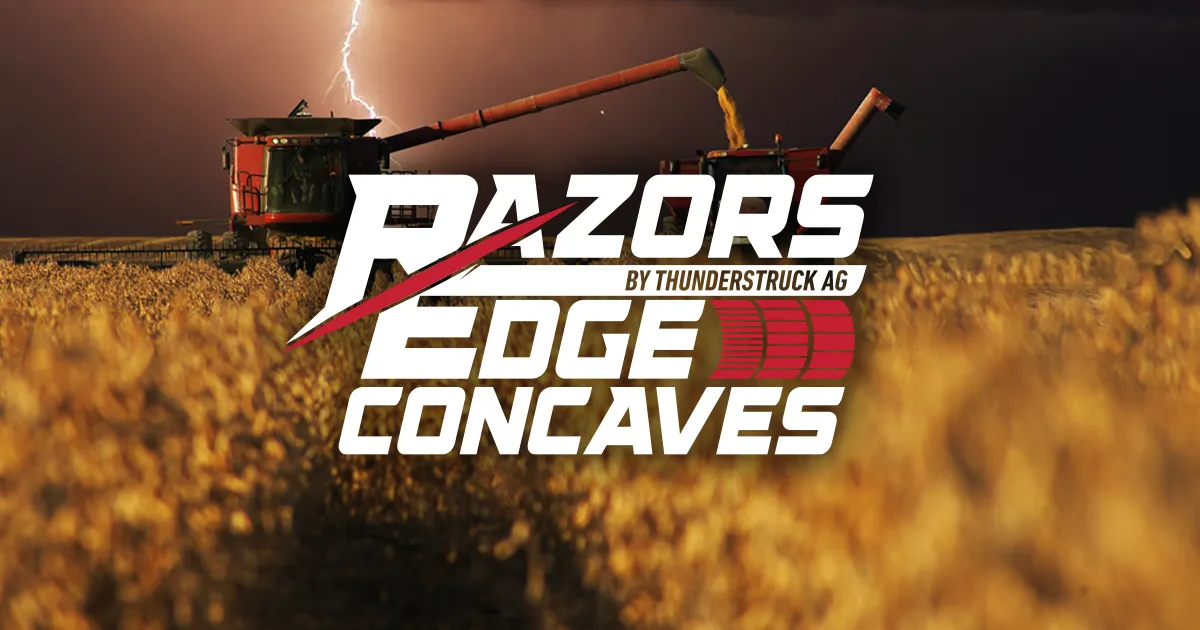
Thunderstruck Ag Launches Razors Edge Concaves for Versatile, High-Efficiency Harvesting

Thunderstruck Ag has officially launched Razors Edge Concaves, a new threshing solution designed to handle multiple crops with a single setup. The system addresses common farmer concerns such as equipment wear, yield loss, and the complexity of changing parts between crops. Razors Edge Concaves were developed with a focus on efficiency and adaptability in high-pressure harvesting environments. Read the full story on igrownews.com
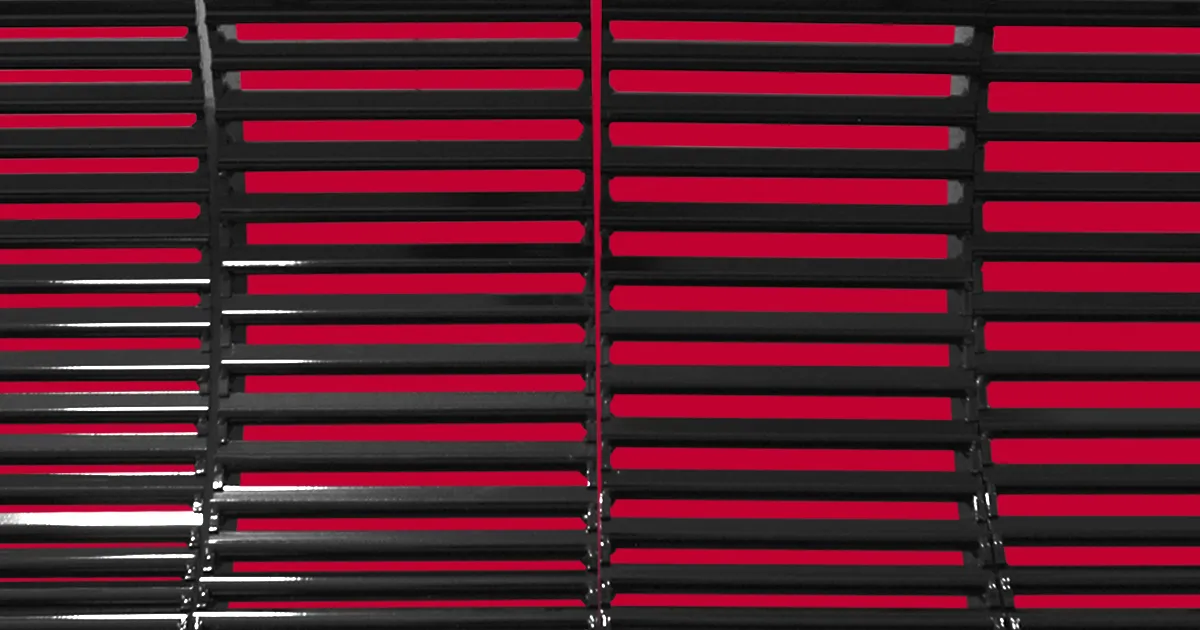
How Does the Variable Spacing on the Razors Edge Concaves Work?
When you’re pushing your combine hard during harvest, efficiency is everything. The Razors Edge Concaves by Thunderstruck Ag Equipment offer a smart solution to boost your threshing performance through variable spacing technology. This innovative feature plays a key role in optimizing how well your combine separates crops, delivering better results with less effort. Let’s explore how the variable spacing system works and why it matters for your harvest.
» Read more about: How Does the Variable Spacing on the Razors Edge Concaves Work? »
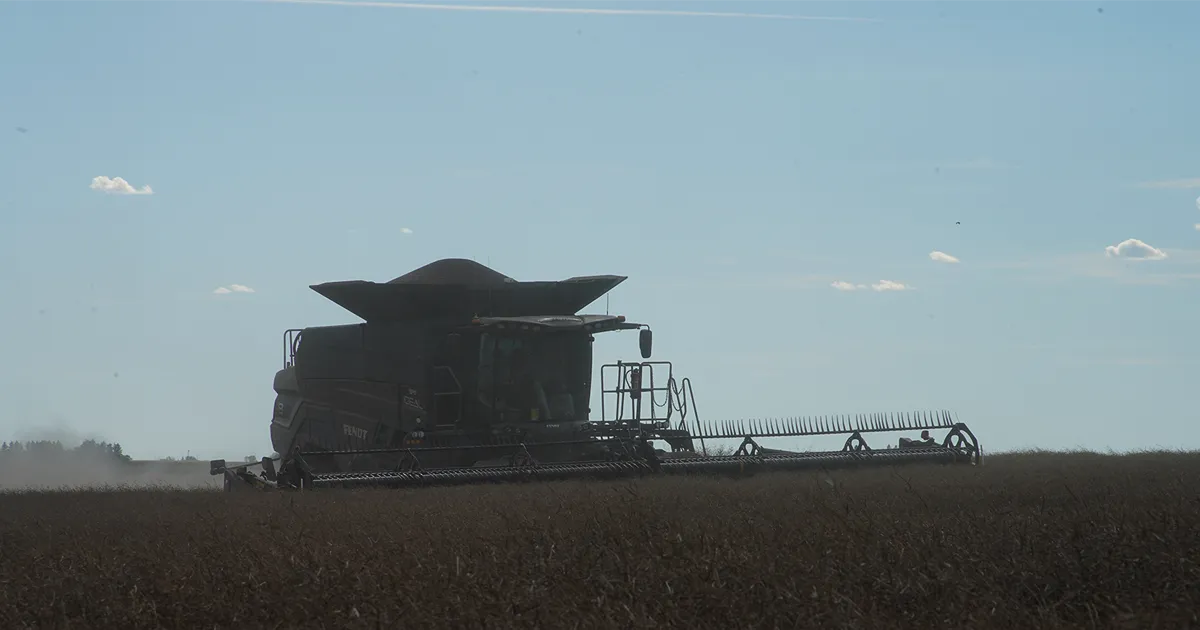
Thunderstruck Ag Unveils Razors Edge Concaves, Redefining Harvest Efficiency Across Every Acre

Built with farmers’ toughest pain points in mind, Razors Edge Concaves mark a turning point in how threshing systems perform under pressure. Read the full story on agritechtomorrow.com

Frontline Business Insights: Jeremy Matuszewski of Thunderstruck Ag

Jeremy Matuszewski is the CEO and founder of Thunderstruck Ag, where he helps farmer-invented products reach global markets. A marketing strategist with over 20 years in sales and marketing, Jeremy specializes in bringing innovative, real-world solutions to competitive industries. Raised blue collar, he pairs grit with creativity to drive results and empower the agricultural community. Read the full story on valiantceo.com
» Read more about: Frontline Business Insights: Jeremy Matuszewski of Thunderstruck Ag »
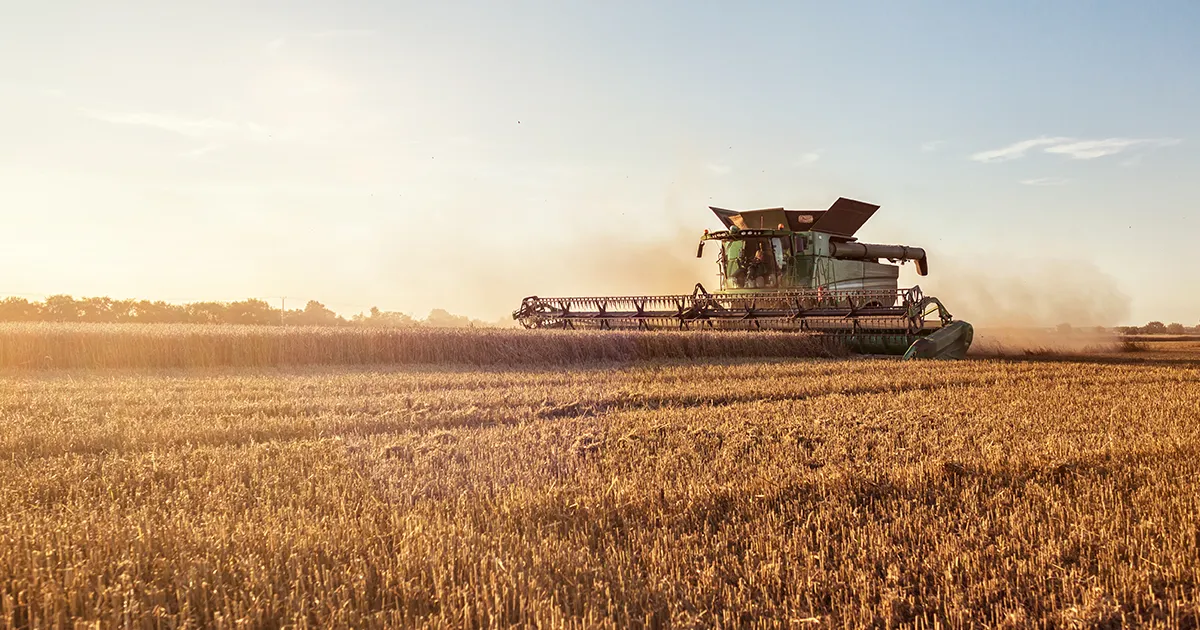
It’s a good question—and one we hear often: “If the i-paddock Typhoon doesn’t have a reversing clutch, how do I back it out when it plugs?”
The answer? You reverse it just like you would any OEM header drum—using your combine’s standard reversing procedure. No special tools, no unique setup. It’s that simple.
» Read more about: How Do You Reverse the Typhoon Without a Reversing Clutch? »
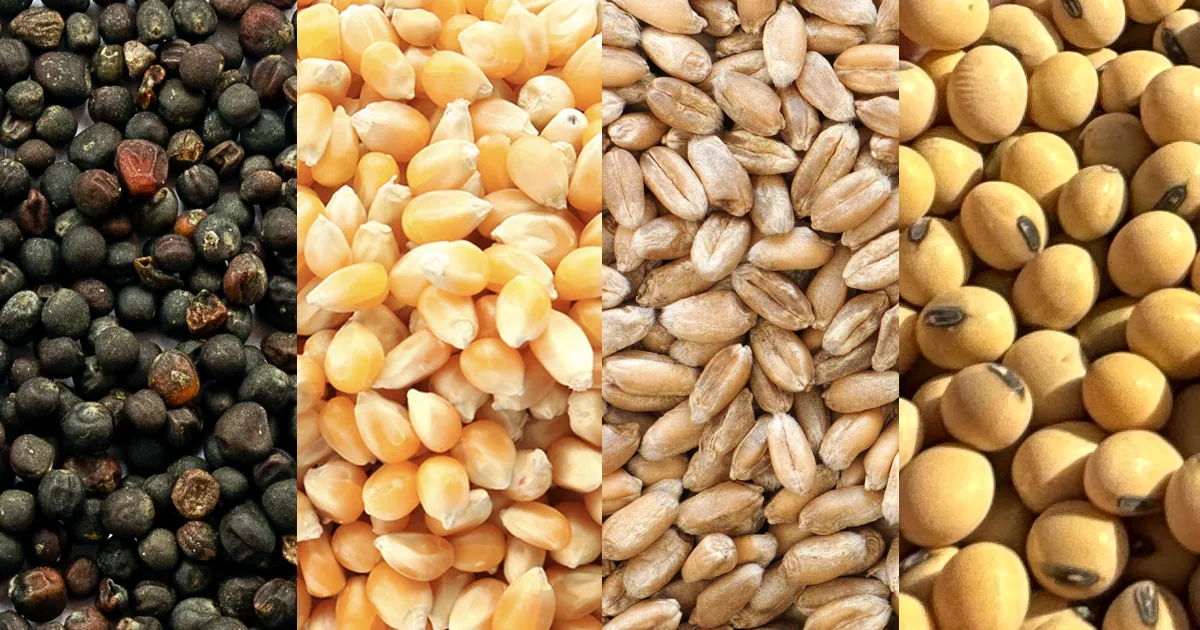
Multi-Crop Harvesting Made Easy: The Concave That Does It All
If you’re harvesting multiple crops in a season, you know the drill: what works great in wheat might struggle in soybeans. What flows clean in canola could plug up in corn. Every crop change usually means climbing into the machine to swap cover plates, change settings, or wrestle with worn components.
But what if you didn’t have to?
» Read more about: Multi-Crop Harvesting Made Easy: The Concave That Does It All »

Residue management might not be the flashiest part of your drill setup, but when it’s not doing its job, it shows up fast. Whether it’s plugging, poor seed placement, or uneven emergence, the wrong residue manager can cost you in both yield and time.
» Read more about: Side-by-Side: Comparing the Top Residue Managers for John Deere Drills »

How Long Will Duck Foot Paddle Tines Actually Last?
It’s one of the first questions farmers ask before making a change: “How many acres am I going to get out of these?”
Fair question. When you’re investing in a product like Duck Foot Paddle Tines, you’re not just looking for a better harvest—you’re looking for something that’ll hold up, season after season, without needing to be constantly replaced.
Here’s the honest answer: more than 35,000 acres. And we’re not talking about babied,
» Read more about: How Long Will Duck Foot Paddle Tines Actually Last? »

The Real Cost of Grain Loss: Why Upgrading Your Concaves Pays Off
There’s a lot going on in the cab at harvest—monitoring yield, watching your ground speed, trying to beat the forecast. So when it comes to grain loss, it’s easy to rely on what the monitor says or assume what’s coming out the back is “normal.”
But here’s the thing: even a small amount of loss at the rotor or sieves adds up fast. And unless you’ve checked it with a pan, you might be leaving real money in the field without realizing it.
» Read more about: The Real Cost of Grain Loss: Why Upgrading Your Concaves Pays Off »

Why Am I Still Throwing Grain Out the Back? And What Do I Need to Change with My New Concaves?
If you’ve just upgraded to a set of Razors Edge Concaves, you’re already on the path to better threshing and reduced rotor loss. But if you’re still seeing grain hit the ground behind your combine, you’re not alone—and it doesn’t mean the concaves aren’t working. It usually means a few key settings need to be adjusted to match the new hardware.

If there’s one thing a farmer doesn’t want to see during planting season, it’s hairpinning. You’ve done all the prep, conditions seem right, but then that trash gets pushed into the furrow instead of being cleared—and suddenly you’re dealing with poor seed-to-soil contact, uneven emergence, and lost yield potential.
It’s frustrating. It’s avoidable. And that’s where the Aricks Residue Manager comes in.
» Read more about: Preventing Hairpinning: How the Aricks Residue Manager Stands Out »
At Thunderstruck Ag Equipment we strive to be your Agriculture and Farm Equipment blog source for all things Ag. If you’ve got questions about our products, these articles are a great source of information!
